
Smarter email, faster business.
Auto-tag, parse, and respond to RFQs, quotes, orders, and more — instantly.
Trending
Trends
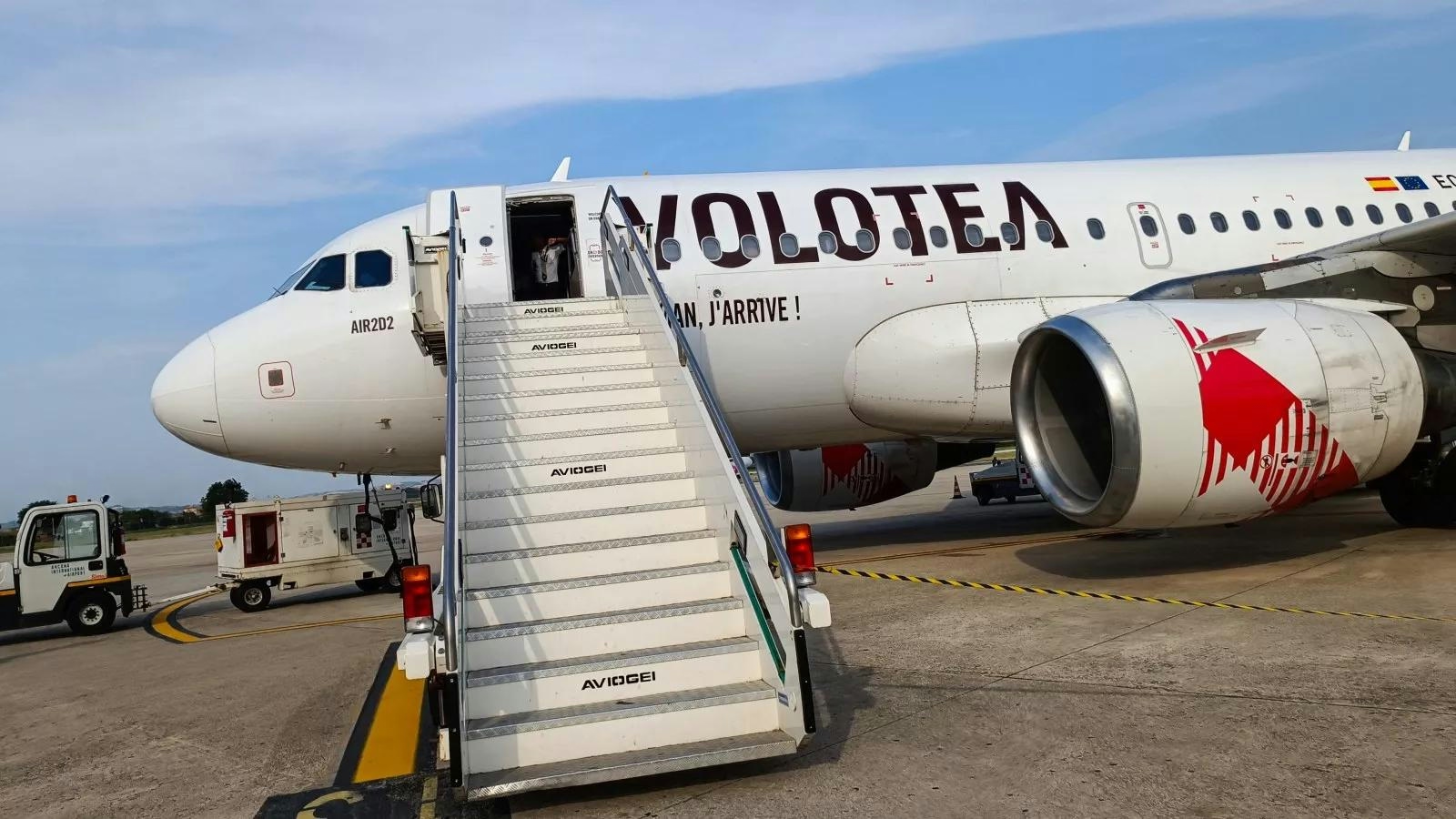
Investigation Launched into Fatal Injury Caused by Volotea A319 Engine at Milan Bergamo Airport
Investigation Launched into Fatal Injury Caused by Volotea A319 Engine at Milan Bergamo Airport
A tragic accident at Milan Bergamo Airport has resulted in the death of a ground worker after being struck by the engine of a Volotea Airbus A319 during taxiing operations. The incident occurred as the aircraft was maneuvering along a taxiway in preparation for departure. Italian authorities have initiated a formal investigation to establish the exact circumstances surrounding the fatality.
Details of the Incident
The accident took place at Milan Bergamo Airport, a key hub for low-cost carriers in northern Italy. The Volotea Airbus A319 involved, a narrow-body aircraft typically deployed on short- and medium-haul routes, was not carrying passengers at the time of the incident. Preliminary reports indicate that the victim, whose identity has not been disclosed, was working in close proximity to the aircraft’s engine when the accident occurred. The flight crew onboard the aircraft were unharmed.
Investigators are currently examining whether the engine was operating at high thrust during the incident and if all standard safety protocols were properly observed. The precise sequence of events remains under review as authorities gather further evidence.
Investigation and Regulatory Response
Italy’s Civil Aviation Authority (ENAC) has launched a comprehensive inquiry focusing on airport safety procedures and the aircraft’s taxiing operations. The investigation seeks full cooperation from Volotea, airport management, and ground personnel to clarify the factors that contributed to the fatal accident.
The inquiry will evaluate whether established safety measures were adhered to and if any technical or procedural lapses played a role. The findings are anticipated to influence future safety protocols and may have wider implications for ground operations across Italian airports.
Airport and Airline Statements
Both Milan Bergamo Airport and Volotea have expressed their condolences to the family of the deceased and have pledged full cooperation with the ongoing investigation. Airport officials confirmed that the accident occurred during routine taxiing and noted that overall airport operations were not significantly disrupted. They also emphasized their commitment to reviewing and enhancing safety protocols to prevent similar incidents in the future.
A spokesperson for Volotea stated, “We are deeply saddened by this tragedy and are fully cooperating with the authorities to understand the cause of this incident. Our thoughts are with the family of the individual involved, and we are committed to supporting the investigation process in any way possible.”
Broader Implications for Volotea and the Industry
This incident places Volotea under heightened regulatory scrutiny and may expose the airline to compensation claims as well as reputational challenges. Should Volotea be publicly traded, market reactions could include fluctuations in its stock price. Competitors within the industry may respond by reinforcing their own safety measures and issuing public reassurances to maintain customer confidence.
The tragedy highlights the critical importance of strict adherence to ground safety protocols, particularly in the vicinity of active aircraft engines. Modern jet engines, such as those fitted on the Airbus A319, present significant hazards if safety procedures are not rigorously enforced. The ongoing investigation will be closely monitored by industry stakeholders and the public alike.
For further updates, official statements from Volotea and Italian aviation authorities should be consulted.
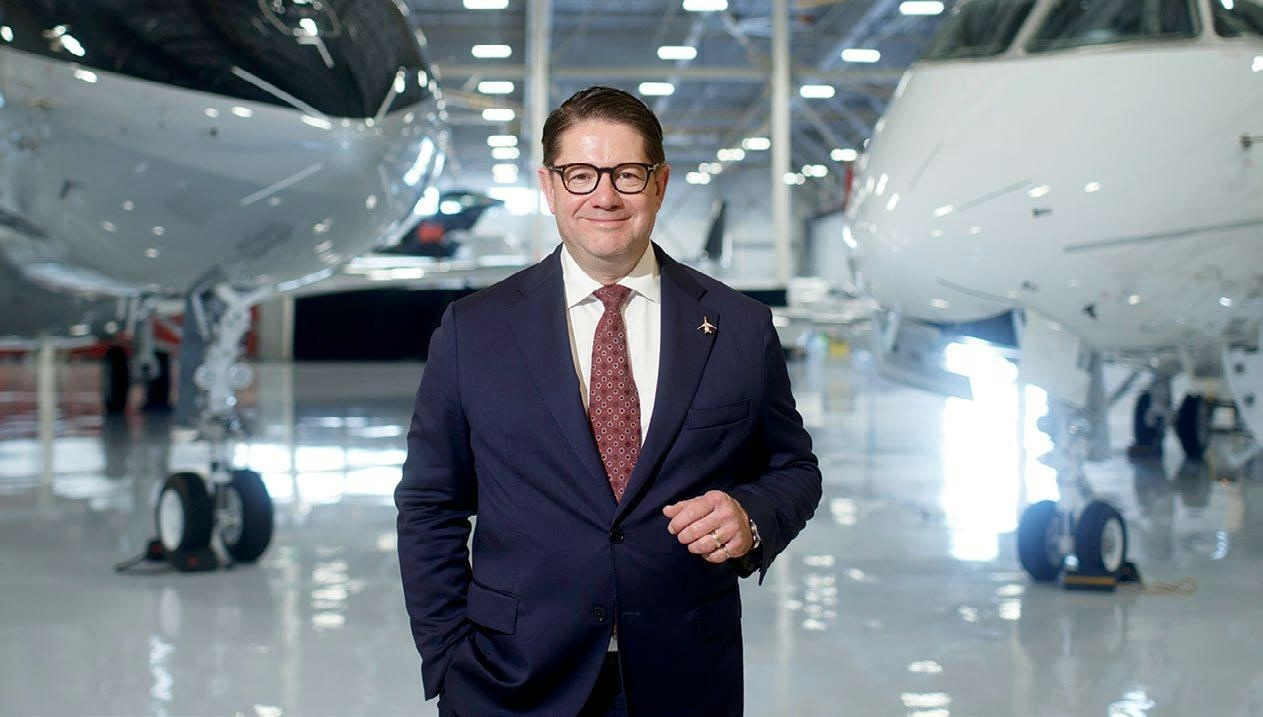
aiOla Raises $25 Million with Investment from United Airlines Ventures to Advance Voice AI in Aviation
aiOla Secures $25 Million Investment from United Airlines Ventures to Advance Voice AI in Aviation
TEL AVIV, Israel, July 9, 2025 — aiOla, a deep tech voice and conversational AI laboratory, has successfully raised $25 million in a Series A2 funding round. United Airlines Ventures (UAV) joined as a strategic investor alongside existing backers, bringing aiOla’s total funding to $58 million. This infusion of capital underscores the growing interest in deploying advanced voice AI technologies within the aviation industry.
Advancing Voice AI for Aviation Operations
The investment marks a potential expansion of collaboration between aiOla and United Airlines, as the carrier explores integrating aiOla’s voice AI technology across multiple operational applications. aiOla’s proprietary system excels at converting spoken language into structured, actionable data, even in challenging environments characterized by noise, multiple languages, and industry-specific jargon—conditions where traditional Automatic Speech Recognition (ASR) tools often falter. Field personnel can simply dictate their reports into aiOla’s Jargonic platform, which transcribes speech, recognizes specialized terminology, and organizes the data for backend processing. This innovation eliminates the need for manual data entry, enabling faster and more informed decision-making.
Designed to operate effectively in complex, real-world settings, aiOla’s technology is particularly well-suited to the aviation sector, where accurate and timely data capture is essential. The platform supports over 100 languages and allows employees to interact naturally, regardless of accent, ambient noise, or technical vocabulary. Andrew Chang, Managing Director of United Airlines Ventures, emphasized the broad applicability of aiOla’s technology, stating, “aiOla’s technology has a limitless number of applications across industries, as it solves a fundamental problem of capturing data from speech and, with speed and precision, converting it into structured data to be used in any machine learning and artificial intelligence applications. United Airlines Ventures was created to invest in companies that are defining the future of travel technology. We believe companies with innovative technologies like aiOla will play an important role in that future.”
Competitive Landscape and Future Prospects
Despite this significant funding milestone, aiOla faces intense competition in the rapidly evolving voice AI market. Competitors such as SuperDial and Infitnus Systems are also advancing their solutions in aviation and healthcare, intensifying the race to deliver the most effective voice AI platforms. The $25 million capital injection is likely to be interpreted by investors as a strong endorsement of aiOla’s potential, yet it simultaneously highlights the competitive pressures within the sector. Rival firms may respond by accelerating research and development or expanding their market presence to maintain or increase their share.
The involvement of United Airlines Ventures may facilitate further strategic partnerships and collaborations, potentially reshaping the competitive dynamics of the industry. As airlines and other sectors increasingly seek to leverage voice AI for operational efficiency and data-driven decision-making, the market is poised for continued innovation alongside heightened competition.
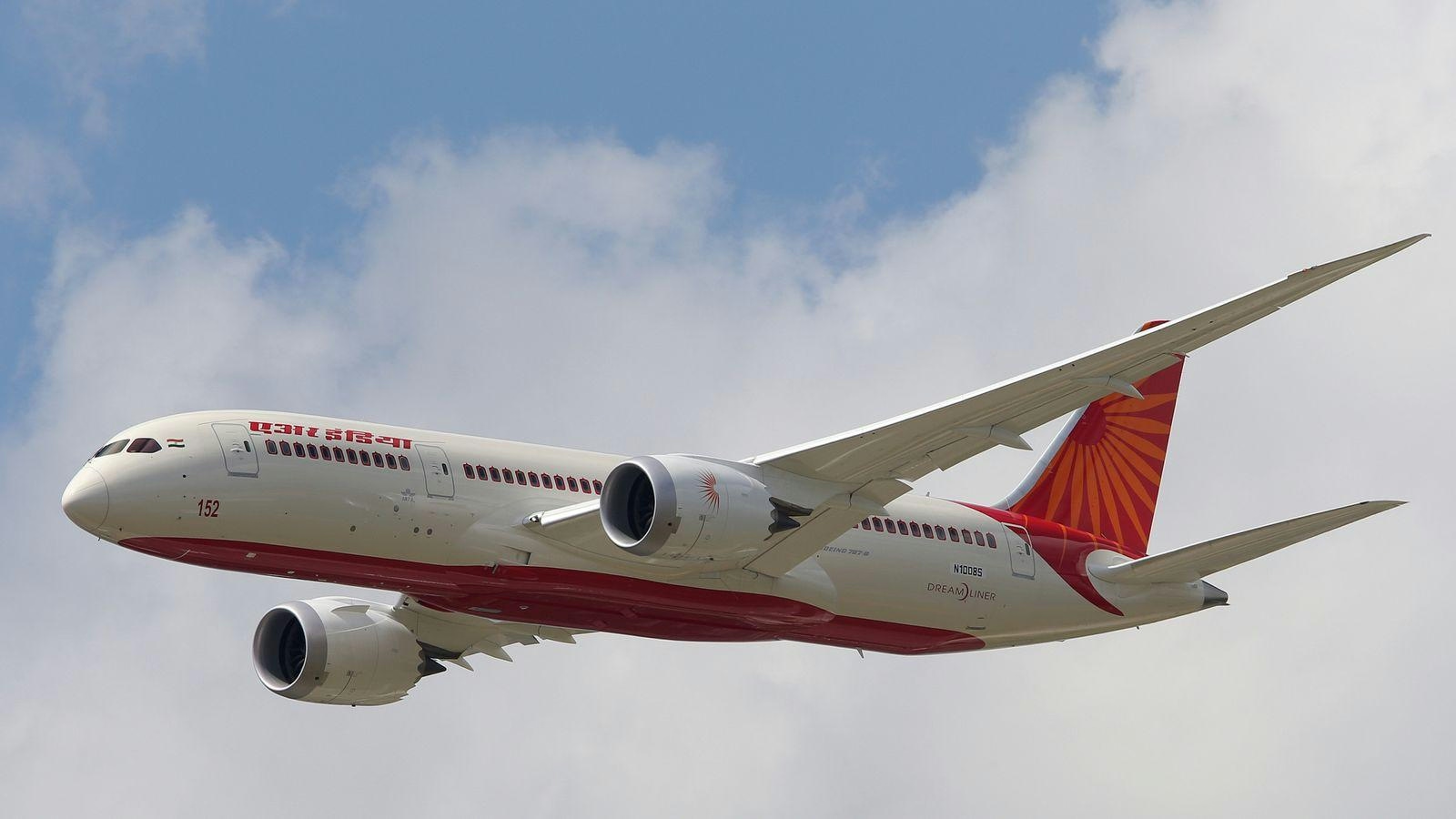
Aviation Expert Suggests Boeing 787 Software May Have Contributed to AI Crash
Aviation Expert Raises Concerns Over Boeing 787 Software in Air India Crash
Mary Schiavo, former Inspector General of the U.S. Department of Transportation and a prominent aviation attorney, has expressed serious concerns that a software-related engine thrust rollback malfunction in the Boeing 787 may have played a role in the recent crash of Air India Flight AI-171. In an exclusive interview with *The Sunday Guardian*, Schiavo highlighted a known issue previously examined by the U.S. National Transportation Safety Board (NTSB), where the aircraft’s computer systems could mistakenly reduce engine thrust during flight.
Drawing on her extensive experience overseeing major air safety investigations and representing families affected by aviation disasters, Schiavo emphasized the risks posed by Boeing’s involvement in its own crash investigations. She called on India’s Directorate General of Civil Aviation (DGCA) to undertake a comprehensive and independent inquiry, particularly given the complexity of the Boeing 787’s software systems.
Software Malfunction and Regulatory Concerns
Central to Schiavo’s warning is the Thrust Control Malfunction Accommodation (TCMA) system, mandated by the Federal Aviation Administration for the Boeing 787. The TCMA operates in conjunction with the Full Authority Digital Engine Control (FADEC) system, relying on computer inputs to determine whether the aircraft is airborne or on the ground. If these systems incorrectly classify the aircraft’s status, they may automatically adjust engine settings, potentially reducing thrust without any pilot intervention.
Schiavo referenced a 2019 incident involving Japan’s All Nippon Airways (ANA), where a similar dual engine thrust rollback occurred. The NTSB investigation into that event identified the issue as a software design flaw and led to corrective measures across the 787 fleet. According to Schiavo, such computer-triggered thrust reductions would leave distinct signatures in the flight data recorder, which investigators should carefully analyze in the case of AI-171.
Wider Implications for Boeing and the Aviation Industry
The possibility that Boeing 787 software contributed to the Air India crash is expected to heighten scrutiny from aviation regulators worldwide. Should software faults be confirmed, both Boeing and Air India could face significant legal consequences. The incident may also prompt a broader reassessment of software-related risks within the 787 fleet. Schiavo drew parallels to Boeing’s handling of the MCAS software issue, which previously sparked global controversy and regulatory intervention.
Beyond regulatory and legal ramifications, the crash carries immediate consequences for the global aviation insurance market. Industry analysts warn that insurance and reinsurance premiums could increase, particularly in India, where the aviation insurance sector has already been grappling with financial losses. Competitors may leverage the situation to highlight their own safety records and technological advancements, potentially affecting Boeing’s market position.
For Air India, the crash presents a critical challenge to its Vihaan.AI transformation program, which aims to elevate the airline to world-class status within five years. The investigation’s outcome and the airline’s subsequent response will be closely monitored by regulators, insurers, and the traveling public.
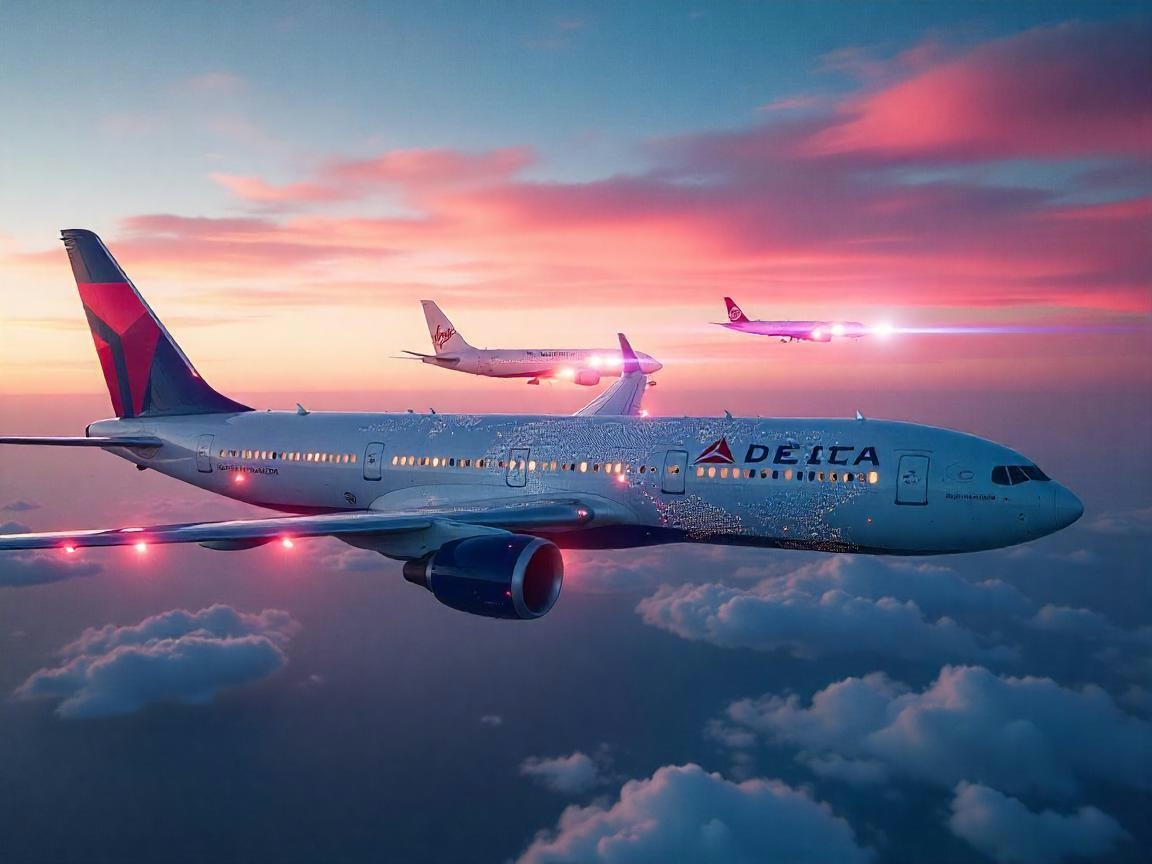
Delta Air Lines Partners with United, Azul, Virgin Atlantic, Royal Air Maroc, and Lufthansa to Implement Artificial Intelligence
Delta Air Lines and Global Partners Embrace Artificial Intelligence to Revolutionize Ticket Pricing
Delta Air Lines has announced a strategic partnership with United Airlines, Azul Airlines, Virgin Atlantic, Royal Air Maroc, and Lufthansa to implement advanced artificial intelligence (AI) technologies aimed at transforming airline ticket pricing and service delivery. This collaboration marks a significant shift in the aviation industry, as carriers seek to replace traditional pricing models with AI-driven algorithms that analyze vast amounts of data in real time.
AI-Driven Pricing: A New Frontier in Airline Competition
Historically, airlines have relied on complex but static systems that consider factors such as seasonality, demand fluctuations, and competitor pricing to determine fares. Delta’s partnership with Tel Aviv-based technology firm Fetcherr introduces a sophisticated AI engine capable of processing billions of data points to adjust ticket prices dynamically, often on a minute-by-minute basis. This system enables airlines to optimize pricing strategies more efficiently than human revenue managers, potentially reducing manual intervention by up to 60% while maximizing revenue yields.
The adoption of AI allows these carriers to respond instantaneously to market changes, competitor actions, and shifts in consumer demand, providing a critical competitive edge in an increasingly volatile market environment. The integration of such technology signals a new era where pricing agility and precision become central to airline profitability.
Personalized Pricing and Its Implications for Travelers
The deployment of AI also introduces the possibility of hyper-personalized pricing models. Beyond traditional variables like seat availability and travel dates, fares may be tailored to individual traveler profiles, incorporating data such as browsing behavior, loyalty program status, travel frequency, and booking patterns. This could result in differentiated pricing strategies where elite frequent flyers, including Delta Medallion members, might face higher fares based on their demonstrated willingness to pay.
While this micro-targeting approach offers airlines the potential to maximize revenue, it raises important questions about transparency and fairness. The erosion of standardized fares in favor of individualized pricing risks undermining consumer trust, a fundamental element of customer loyalty in the airline industry. Travelers may find themselves navigating a less predictable and more opaque pricing landscape.
Challenges and Competitive Dynamics in AI Adoption
The implementation of AI-driven pricing strategies is not without challenges. The competition for skilled AI professionals is intense, with airlines and travel companies vying to attract top talent capable of advancing these technologies. Market conditions further complicate the landscape; for example, transatlantic airfares have declined amid reduced European travel to the United States, even as demand from the U.S. to Europe remains strong.
Other airlines are simultaneously accelerating their own AI initiatives to enhance operational efficiency and customer experience, intensifying the race for technological leadership. As these developments unfold, travelers can expect a rapidly evolving environment where pricing and service models become increasingly dynamic, yet potentially less predictable.
The partnership between Delta and its global counterparts underscores a pivotal moment in the aviation sector, as AI reshapes the mechanisms of fare determination and competitive strategy on a global scale.
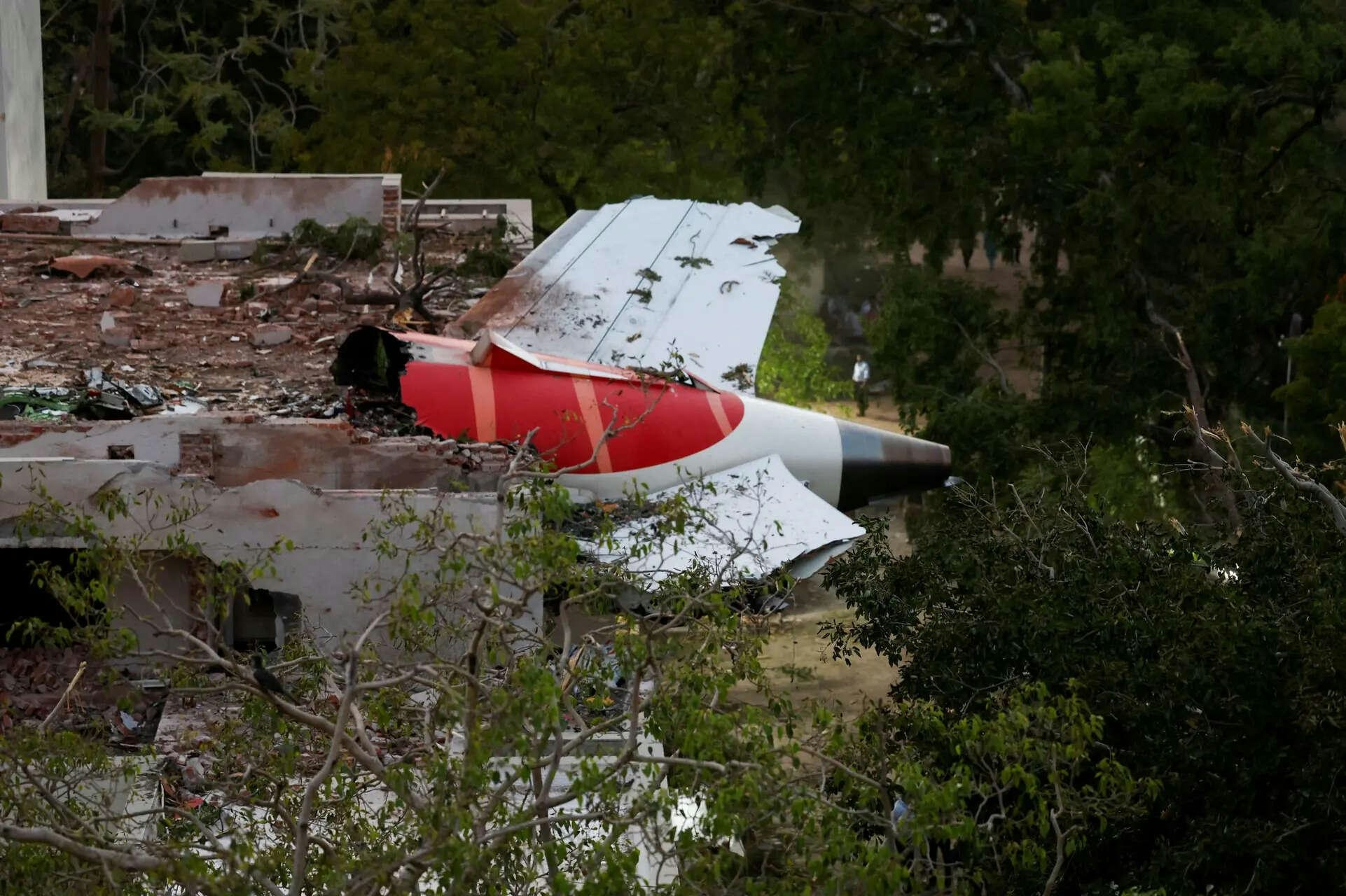
Aviation Expert Reviews AAIB Preliminary Report on Air India Flight AI-171 Crash, Challenges Pilot Error
Aviation Expert Reviews AAIB Preliminary Report on Air India Flight AI-171 Crash, Challenges Pilot Error
The Aircraft Accident Investigation Bureau (AAIB) has published its preliminary report on the crash of Air India Flight AI-171, a Boeing 787, which occurred near Ahmedabad. The report sheds light on the critical moments leading up to the accident, revealing cockpit communications and technical data that are expected to influence the ongoing inquiry.
Sequence of Events and Initial Findings
According to the AAIB, the incident unfolded rapidly within 90 seconds of takeoff. Both engines experienced an unexpected loss of power during the initial climb, resulting in a catastrophic loss of thrust and a subsequent rapid descent. The aircraft’s Enhanced Airborne Flight Recorder captured an urgent exchange between the pilots, with one asking, “Why did you cut off?” and the other responding, “I did not.” This dialogue has drawn attention to the possibility of pilot error, although the full context remains under investigation.
Commercial pilot Rajiv Pratap Rudy, speaking to the media on July 12, emphasized key aspects of the preliminary analysis. He noted that the aircraft took off normally and that the jet fuel switch was correctly positioned. The pilots reported a decrease in engine power shortly after takeoff, and despite their efforts to relight the engines, the cause of the flameout remains unclear. Rudy stressed that further investigation is necessary to determine the precise reasons behind the engine failure and the sequence of events that followed.
Implications for Air India and the Aviation Sector
The preliminary report’s suggestion that fuel supply to the engines was interrupted prior to the crash raises questions about potential pilot error. However, aviation experts urge caution in drawing definitive conclusions until the full investigation is complete. The AAIB is expected to consider a range of factors, including mechanical failure, procedural errors, and human factors.
The crash has significant ramifications for Air India, which now faces increased scrutiny regarding its safety protocols and operational procedures. Industry analysts warn that the incident could damage the airline’s reputation, potentially leading to operational challenges and diminished passenger confidence. Competitors may seek to leverage the situation by highlighting their own safety records.
Beyond Air India, the broader Indian aviation sector is likely to encounter heightened regulatory oversight. Authorities may reassess existing safety standards and enforcement mechanisms in response to the crash. The incident could also impact inbound tourism and business travel, with possible consequences for India’s aviation ambitions and economic growth.
As the investigation progresses, the aviation community and the public await further information that will clarify the causes of the crash and guide future safety improvements.
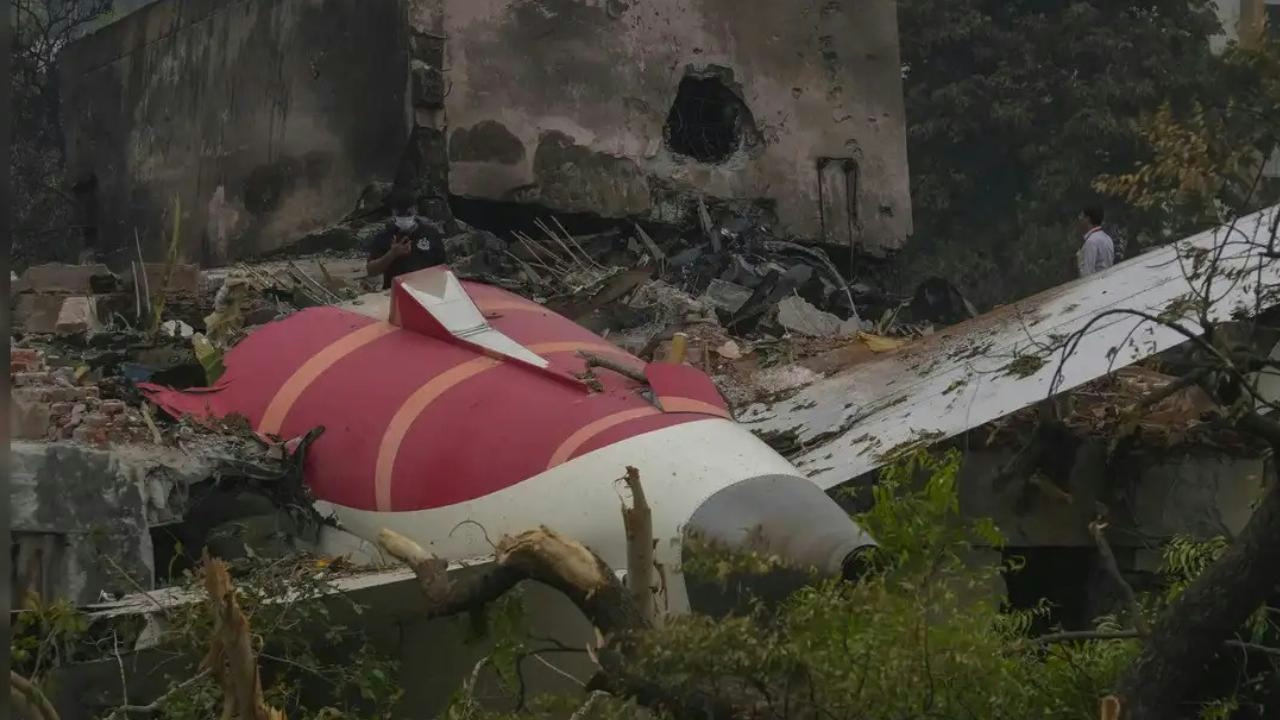
AAIB Releases Full Report on Air India Flight AI171 Crash
AAIB Releases Full Report on Air India Flight AI171 Crash
The Aircraft Accident Investigation Bureau (AAIB) has published its comprehensive report on the crash of Air India flight AI171, a Boeing 787-8 that tragically went down shortly after takeoff from Ahmedabad on June 12. The flight was en route to London Gatwick when the aircraft collided with a medical college hostel mere seconds after departure, resulting in the loss of 260 lives, encompassing nearly all passengers and crew onboard.
Details of the Incident and Investigation
The report reveals that the aircraft was carrying 54,200 kilograms of fuel, with a takeoff weight of 213,401 kilograms, both within the prescribed operational limits. The plane lifted off at 13:08:39 IST. Shortly thereafter, the engine fuel control switches were turned off and then reactivated within a one-second interval. At 13:09:05 IST, a pilot issued a distress call declaring “Mayday, mayday, mayday.” No further communication was received by Air Traffic Control (ATC) before the crash occurred.
Investigators employed drones to document the wreckage, which was subsequently relocated to a secure area near the airport for detailed examination. Both engines were recovered and placed under quarantine in a hangar. Fuel samples taken from the aircraft’s bowsers and tanks underwent testing at the Directorate General of Civil Aviation (DGCA) laboratory and were found to meet satisfactory standards. The AAIB report does not call for immediate action against the aircraft or engine manufacturers.
Implications for the Aviation Sector
The release of the full report is poised to have significant repercussions for the Indian aviation industry. The crash exacerbates existing challenges within India’s aviation insurance market, intensifying pressure on insurers and reinsurers both domestically and internationally. Industry analysts expect a reassessment of risk profiles, which may lead to increased insurance premiums.
Air India faces immediate operational challenges in managing compensation and relief efforts for the victims’ families, alongside addressing the reputational damage stemming from the disaster. The airline’s strategic plans for expansion, particularly into international markets such as Australia, may encounter obstacles as it seeks to rebuild public trust.
The broader Indian aviation sector is also under heightened scrutiny, with regulatory authorities anticipated to review and potentially tighten safety protocols and operational standards in response to the report’s findings. Competing carriers, including IndiGo, may attempt to leverage Air India’s difficulties to strengthen their market positions, potentially altering competitive dynamics in the near term.
As the industry grapples with the consequences of the AAIB’s findings, stakeholders are preparing for a period marked by regulatory, financial, and operational challenges following one of the most devastating aviation disasters in India’s history.
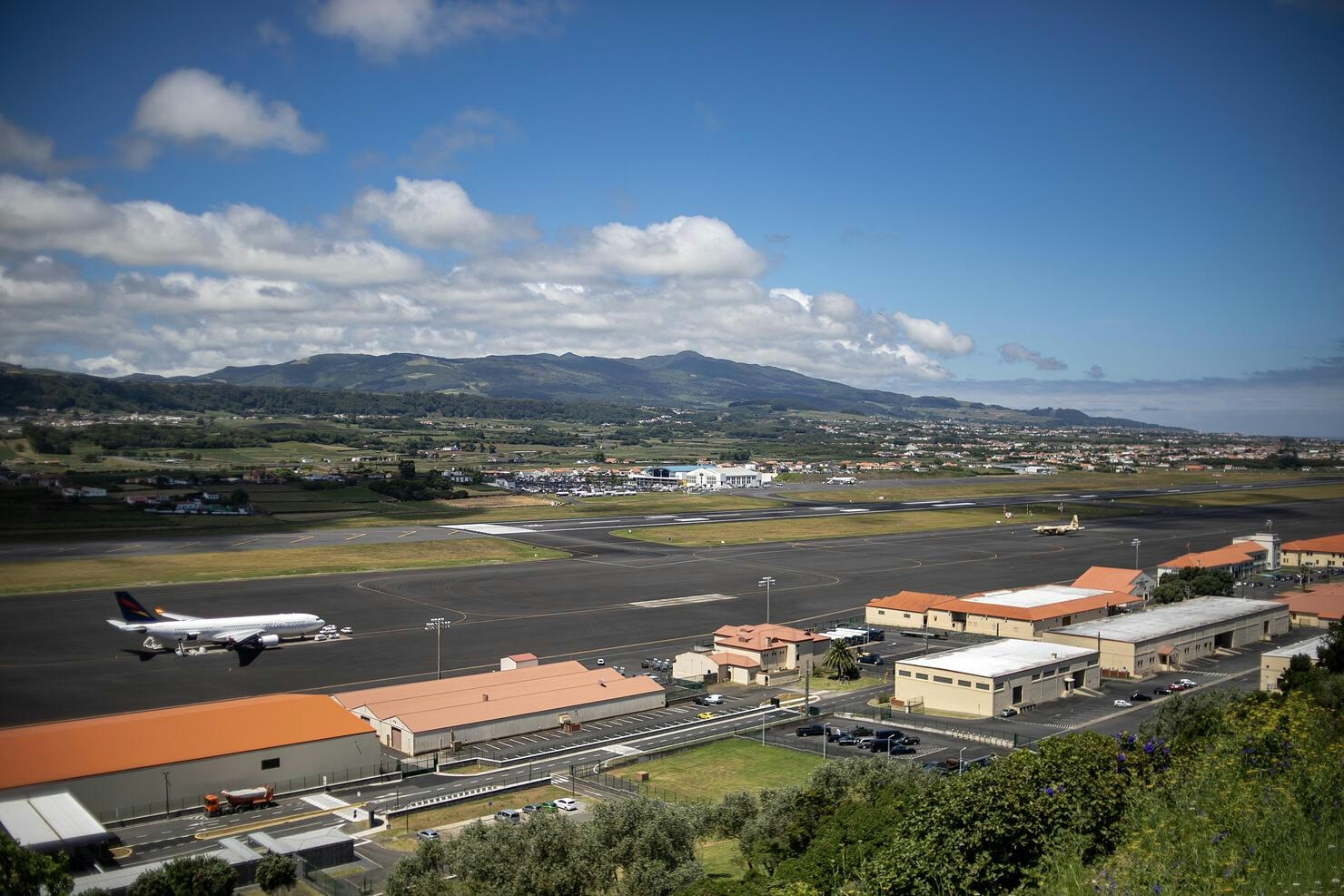
Delta Flight Makes Emergency Landing on Remote Island Due to Engine Trouble
Delta Flight Makes Emergency Landing on Remote Azores Island Due to Engine Trouble
Emergency Diversion to Lajes Airport
A Delta Air Lines flight was compelled to make an emergency landing on a remote island in the Azores after encountering engine trouble during its transatlantic journey. The Airbus A330, operating as Delta Flight 127, was traveling from Madrid to New York’s John F. Kennedy International Airport on Sunday when the flight crew detected a mechanical issue with one of the engines. Prioritizing safety, the crew diverted the aircraft to Lajes Airport on Terceira Island, part of Portugal’s autonomous Azores archipelago.
Delta Air Lines confirmed the incident, emphasizing that safety remains their foremost concern. The airline stated that the flight crew followed established procedures to divert to Lajes after the engine problem was identified. The aircraft landed safely, and all 282 passengers and 13 crew members disembarked without injury. Passengers were provided with overnight accommodations and meals on Terceira before continuing their journey to New York on a replacement aircraft, arriving late Monday evening. Meanwhile, Delta’s maintenance team is conducting a thorough inspection and repair of the affected plane.
Industry Context and Response
The emergency landing poses operational and reputational challenges for Delta, as the airline must manage passenger concerns while ensuring strict adherence to safety protocols. Delta has reached out directly to those affected, offering apologies and compensation for the disruption. Industry observers are closely monitoring the airline’s handling of the situation, noting that its response may be compared to similar incidents involving other carriers. Competitors may seize the opportunity to highlight their own safety records, while Delta focuses on supporting its customers and maintaining its commitment to safety.
This incident occurs amid increased scrutiny of the aviation sector, which has experienced several close calls and accidents since the beginning of 2025. By mid-February, four major incidents had already been reported, raising concerns about overall industry safety. Despite these developments, U.S. Transportation Secretary Sean Duffy reaffirmed the safety of air travel in an interview with FOX Business. He stated, “You can’t travel anywhere safer than on an airplane,” and highlighted ongoing efforts to enhance safety through increased staffing of air traffic controllers, improvements to the air traffic control system, and new investments aimed at addressing deficiencies from previous years.
As Delta navigates the aftermath of this emergency landing, the airline’s response will remain under close scrutiny from both the public and aviation analysts, underscoring the critical importance of safety and customer care in commercial aviation.
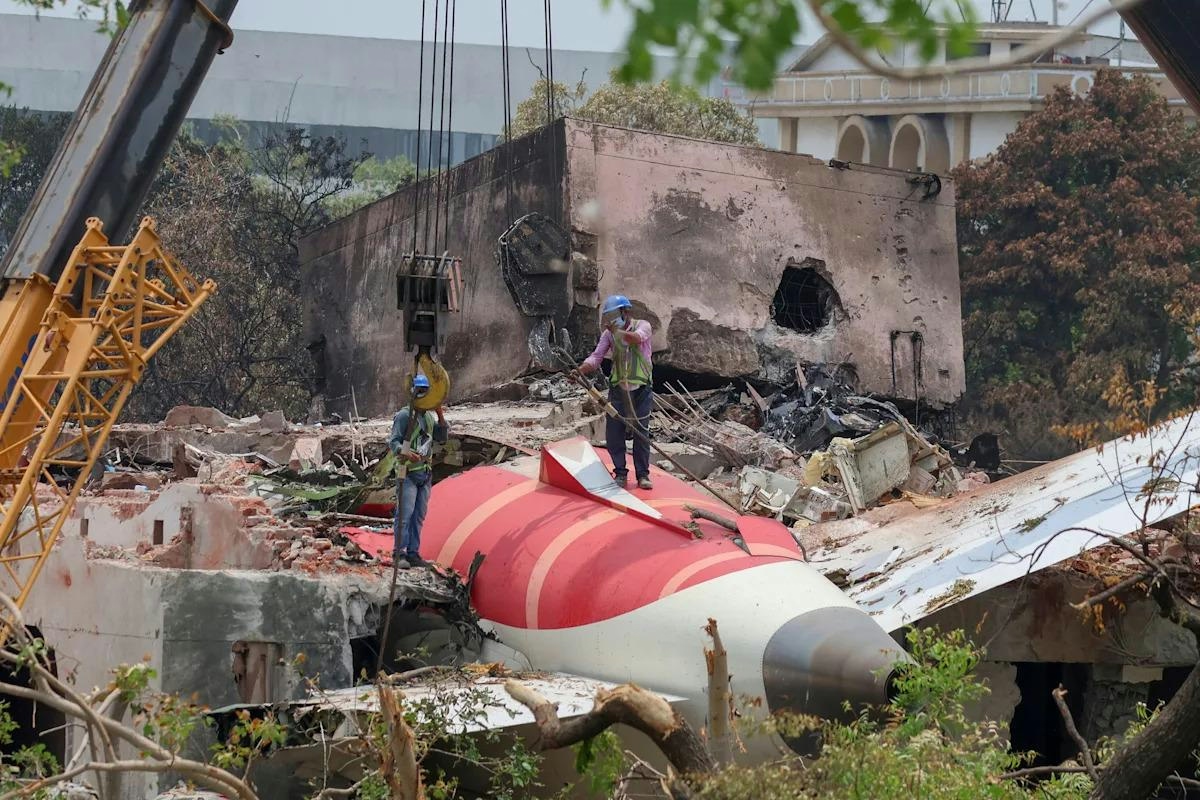
Aviation Expert Criticizes Preliminary Report on AI 171 Crash for Lack of Technical Detail
Aviation Expert Criticizes Preliminary Report on AI 171 Crash for Lack of Technical Detail
The preliminary investigation into the Air India Flight 171 crash has faced significant criticism from aviation safety experts for its insufficient technical transparency and detail. Amit Singh, an experienced Boeing 777 pilot and founder of the NGO Safety Matters, contends that the interim report falls short of providing the clarity and urgency demanded by a disaster of this magnitude. The crash on June 12 resulted in the loss of 260 lives and has since raised urgent questions regarding Air India’s safety protocols and the wider implications for India’s aviation industry.
Analysis of the Report’s Findings and Deficiencies
The report begins by citing a 2018 FAA Special Airworthiness Information Bulletin (SAIB) that highlighted a potential disengagement issue in the fuel control switch locking mechanism. Despite this warning, Air India had not conducted inspections on its fleet in response to the bulletin. The mechanical failure in the fuel control switch is believed to have allowed the switches to move directly, bypassing the intended safety lock, which may have cut off fuel supply to both engines, causing their shutdown and the subsequent crash.
A key element of the report is the timeline of the engine failure. The aircraft took off at 1:38:39 p.m., reaching a speed of 180 knots by 1:38:42 p.m. Shortly thereafter, both fuel control switches reportedly moved to the ‘cut off’ position. This sequence suggests the engines lost thrust at that moment. However, the report also notes the deployment of the Ram Air Turbine (RAT)—a backup power source that activates only after both engines fail—during the initial climb immediately after takeoff. This implies the engines ceased functioning just before liftoff, yet the switches were moved to shut off later, creating ambiguity about the precise order of events.
Demand for Greater Technical Clarity
Experts emphasize that determining whether the fuel cutoff resulted from human error or a technical malfunction requires more comprehensive information. Essential details include exact cockpit actions and switch movement logs, the full transcript of the cockpit voice recorder (CVR), confirmation on whether the locking mechanisms on the fuel switches were installed or disabled, and evidence of any uncommanded system inputs or failures.
The preliminary report offers only a brief excerpt from the CVR, in which one pilot questions the other about switching off the fuel supply, and the other denies doing so. This limited disclosure contrasts sharply with other high-profile investigations, such as the 33-page preliminary report on Ethiopian Airlines Flight ET 302 (737 MAX), which contained extensive technical data, CVR excerpts, and manufacturer bulletins. By comparison, the AI 171 report reads more like a narrative and lacks actionable recommendations for immediate inspections or corrective measures.
Broader Implications for Aviation Safety and Industry Confidence
The absence of detailed technical information in the report carries wider ramifications. Aviation experts warn that such omissions could influence market reactions and shape competitor responses. The crash has already dealt a severe blow to Air India’s reputation and may undermine investor confidence in the Indian aviation sector more broadly. This incident highlights the critical need for rigorous safety protocols and transparent, thorough investigations to restore trust and prevent future tragedies.
In sum, the preliminary report on the AI 171 crash leaves vital questions unresolved, underscoring the imperative for enhanced technical detail and transparency in aviation accident investigations.
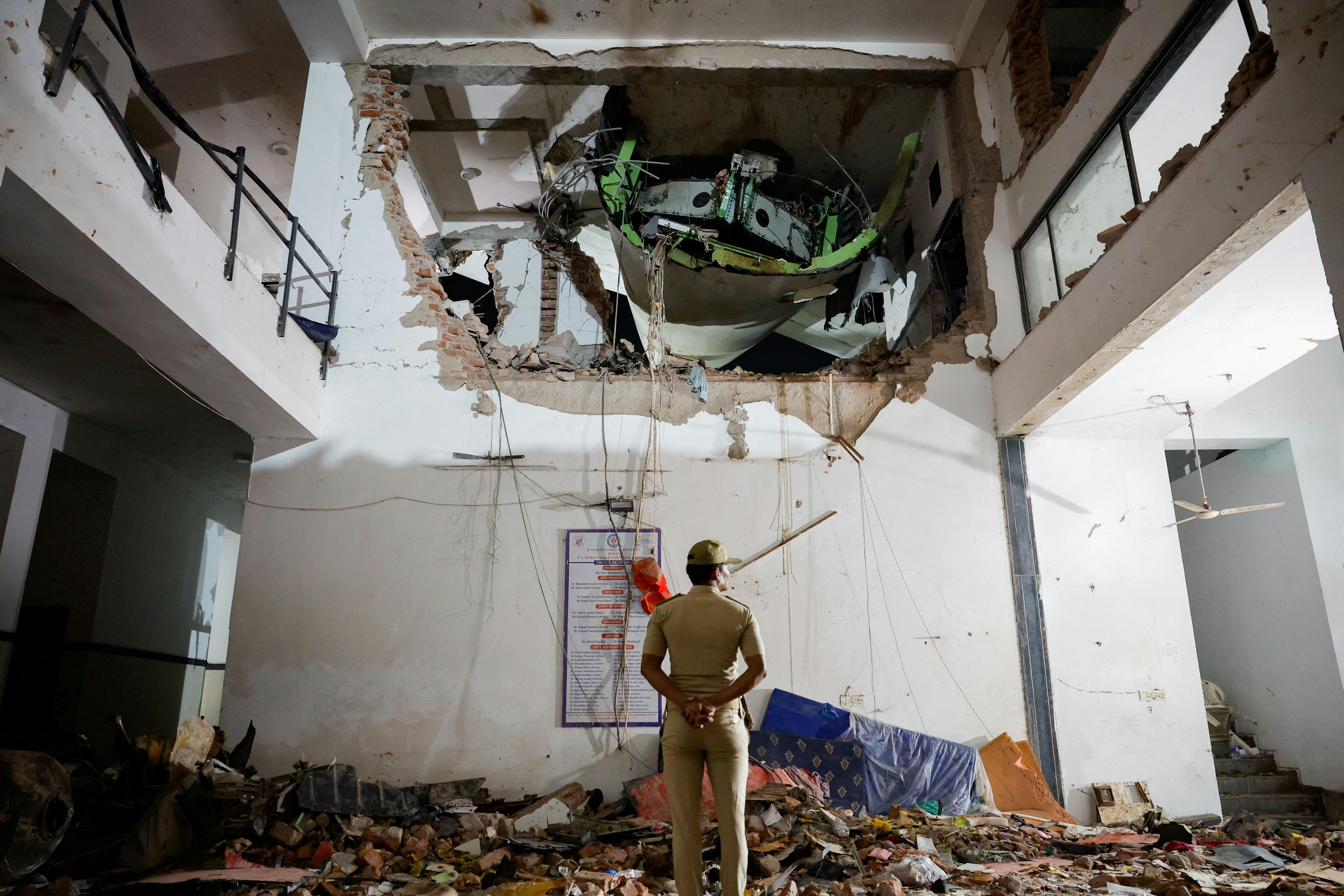
Aircraft Accident Bureau Submits Preliminary Report on Air India Ahmedabad Crash
Aircraft Accident Bureau Submits Preliminary Report on Air India Ahmedabad Crash
The Aircraft Accident Investigation Bureau (AAIB) has formally submitted its preliminary report on the Air India flight AI 171 crash to the Ministry of Civil Aviation and other pertinent authorities. This submission marks the initial official step toward understanding the factors that led to the tragic incident. The report consolidates early assessments and key observations from the investigation’s initial phase, focusing on flight data, crew actions, prevailing weather conditions, and the aircraft’s mechanical performance.
Early Findings and Investigation Focus
Although the detailed contents of the report remain confidential, sources close to the investigation suggest that the AAIB’s initial findings are crucial in guiding the ongoing inquiry. The bureau is expected to continue its comprehensive analysis to establish the precise cause of the crash and to propose further safety measures as additional information emerges.
The accident occurred on June 12, 2025, when Air India flight AI 171, a Boeing 787 bound for London, crashed shortly after departing from Ahmedabad airport. Preliminary indications point to a possible dual-engine failure that severely compromised the aircraft’s ability to maintain flight. While this scenario has not been officially confirmed by the AAIB, it remains a central focus of the investigation. Notably, several pilot-led simulations replicating the flight’s conditions—including scenarios with landing gear deployed and wing flaps retracted—have thus far failed to reproduce the crash, suggesting the potential involvement of a technical malfunction.
Investigators have confirmed that the pilots, who tragically lost their lives in the accident, issued a Mayday distress call shortly after takeoff. The recovery of the flight data recorder is playing a vital role in the inquiry, with technical support from the U.S. National Transportation Safety Board (NTSB) as part of the international collaborative effort to reconstruct the sequence of events.
Implications for Air India and the Aviation Sector
The incident presents significant challenges for Air India, particularly as the airline advances its ambitious Vihaan.AI transformation program aimed at revitalizing its operations. The crash threatens to disrupt the airline’s operational momentum and could adversely affect its reputation at a critical stage in its reinvention. More broadly, the tragedy poses a substantial test for India’s aviation sector, with potential ramifications for the country’s aspirations to establish itself as a global aviation hub.
The crash has also intensified traveler concerns regarding airline safety and the reliability of Boeing aircraft, influencing public perception and potentially impacting Air India’s market position and future operational strategies.
As the AAIB continues its investigation, the aviation community and the public await further updates and recommendations that may shape the future of air safety in India.
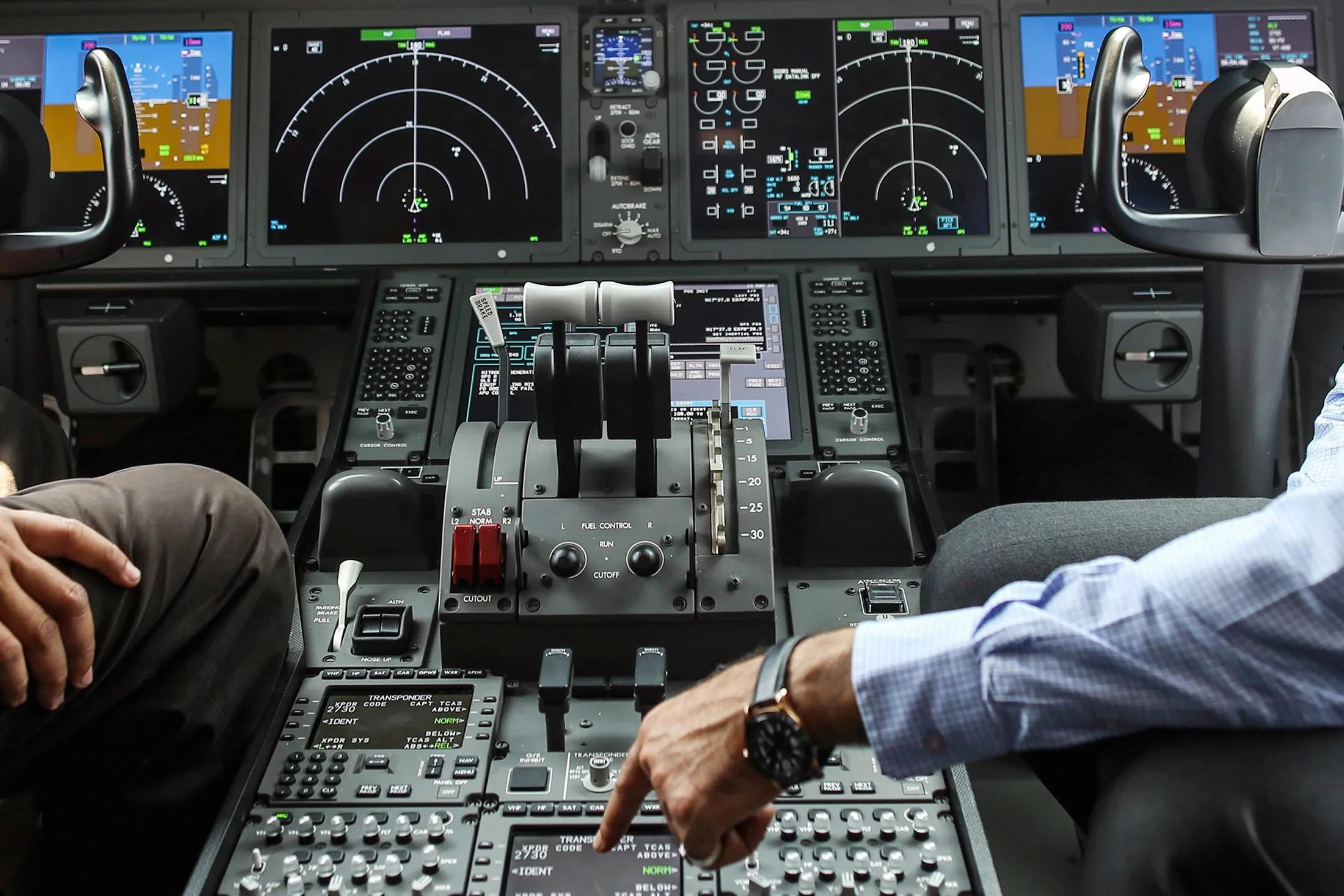
Singapore Airlines to Hire Over 100 Air India Pilots with Conditions
Singapore Airlines to Hire Over 100 Air India Pilots Amid Strategic Partnership
Singapore Airlines (SIA) has announced plans to hire over 100 pilots from Air India for deputation roles at its low-cost subsidiary, Scoot. These positions, based at Singapore Changi Airport, will involve voluntary postings lasting one to two years. The initiative aims to provide Air India captains and first officers with international exposure and training on Embraer aircraft, a type not currently operated by Air India. This move is part of a broader effort to strengthen operational ties between the two carriers and address pilot shortages at Scoot.
Strengthening Regional Aviation Ties
The collaboration between Singapore Airlines and Air India reflects a deepening alliance following SIA’s acquisition of a 25.1% stake in the merged Vistara-Air India entity, under Tata Sons’ consolidation. This partnership allows Scoot to tap into experienced pilot talent while offering Air India’s pilots valuable global experience and proficiency on new aircraft platforms. The initiative aligns with Air India’s ongoing transformation strategy post-privatization, aimed at enhancing its human capital and operational capabilities.
Air India CEO Campbell Wilson described the arrangement as a “win-win,” highlighting the synergy between the two airlines. Senior Singapore Airlines executives, including Basil Kwauk and Hamish Maxwell, have been actively involved in supporting Air India’s revival and capacity-building efforts. The two carriers already maintain an extensive codeshare agreement and regularly exchange best practices. Singapore Airlines has also hosted Indian counterparts in Singapore to share strategic insights on airline turnaround and international service models.
Challenges and Market Implications
Despite the strategic benefits, the plan to integrate over 100 Air India pilots presents challenges. Managing pilots from different operational backgrounds will require careful coordination, and the arrangement may attract regulatory scrutiny. The aviation industry currently prioritizes attracting skilled talent over offering significant financial incentives, suggesting that Singapore Airlines will need to provide competitive terms to secure these pilots. Furthermore, with SIA’s operating profit recently contracting amid broader macroeconomic uncertainties, the airline faces the challenge of balancing resource management with its growth ambitions.
The India–Singapore aviation corridor remains highly competitive, with Singapore Airlines carrying over 2.4 million passengers between the two countries in fiscal year 2025. Approximately 65% of these passengers transit through Singapore en route to Southeast Asia and Oceania. SIA competes with regional carriers such as Malaysia Airlines, Thai Airways, and Qantas for this lucrative onward traffic. The collaboration with Air India through Scoot is expected to enhance Singapore Airlines’ market access and crew pipeline while bolstering Air India’s international capabilities.
Scoot’s management emphasized its commitment to sourcing skilled personnel aligned with its corporate values, stating that the airline actively seeks talent both within and outside Singapore to support its continued growth. As the industry observes this development closely, competitors may adjust their strategies in response to Singapore Airlines’ latest initiative.
The partnership signals a long-term commitment to mutual growth, with its success contingent upon effective integration, regulatory compliance, and the ability to navigate ongoing industry challenges.
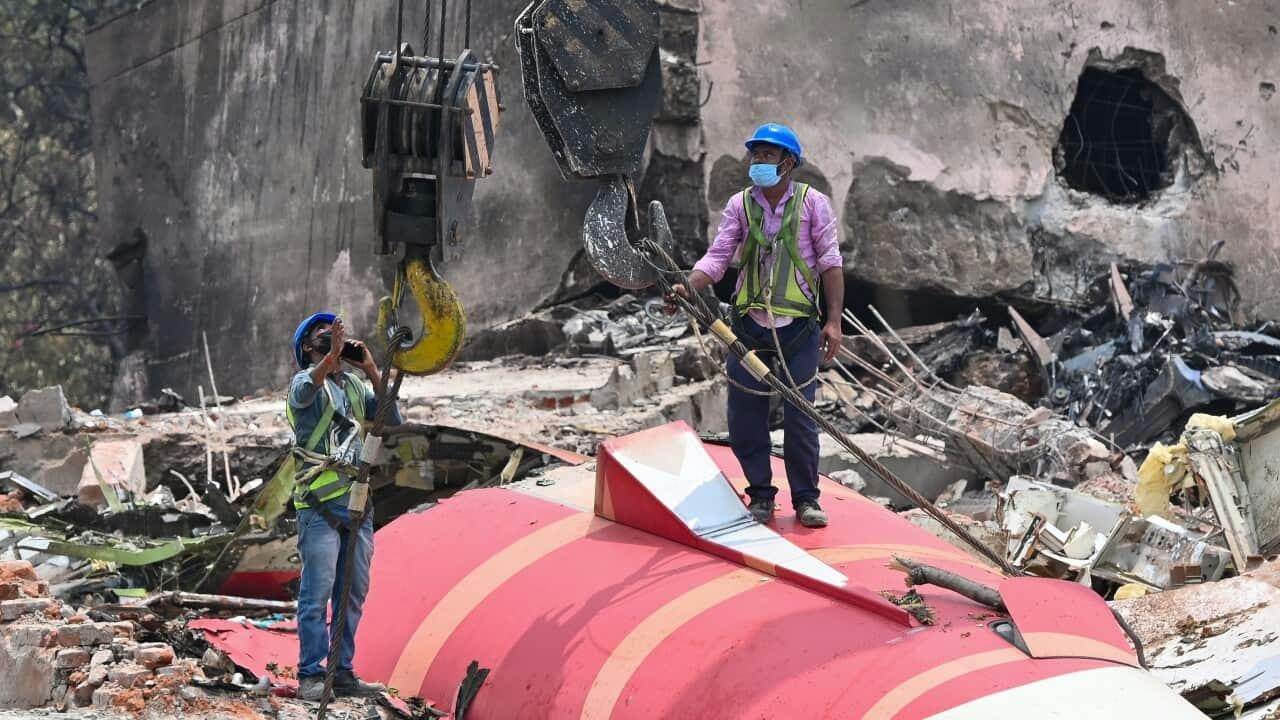
Preliminary Report Indicates Fuel Cut-Off Before Air India Crash
Preliminary Report Reveals Fuel Cut-Off Prior to Air India Crash
The preliminary investigation into the recent Air India crash has uncovered a critical development: the aircraft’s engines experienced a fuel supply cut-off moments before impact. Released by the Directorate General of Civil Aviation (DGCA), the initial findings have shifted the focus from adverse weather conditions to pressing concerns regarding technical malfunctions, human error, and aviation safety protocols.
The Incident: Air India Flight [Flight Number]
On [insert crash date], Air India Flight [Flight Number] was operating a routine journey from [Origin City] to [Destination City] when it encountered severe difficulties during its final approach. Despite challenging weather conditions characterized by heavy rain and poor visibility, the aircraft attempted to land but ultimately veered off the runway and crashed. The accident resulted in multiple fatalities and injuries, marking one of the most serious aviation disasters in India in recent years.
Preliminary Findings: Sudden Fuel Cut-Off Before Impact
The DGCA’s preliminary report, based on analysis of the Flight Data Recorder (FDR) and Cockpit Voice Recorder (CVR), indicates a sudden and simultaneous drop in fuel flow to both engines just prior to the crash. Engine parameters declined to idle, and the crew’s final communications reflected an awareness of power loss, though they had insufficient time to respond effectively.
Investigators determined that the fuel cutoff switches were engaged almost simultaneously before impact, directly causing the loss of engine power. This critical event rendered the aircraft unable to maintain lift or control, significantly contributing to the severity of the crash.
Investigating the Causes: Technical and Human Factors Under Review
The ongoing investigation is focused on understanding why the fuel cutoff switches were activated. Several potential causes are being examined. One possibility is pilot confusion, with evidence suggesting that the flight crew may have inadvertently engaged the fuel cutoff switches due to misunderstanding or miscommunication during a high-stress situation. Another avenue of inquiry involves mechanical or electrical failures within the fuel management system, fuel pumps, or associated controls that could have triggered an automatic shutdown. Investigators are also exploring whether fuel contamination—such as water or debris in the tanks—may have activated emergency shut-off mechanisms. While less likely, the possibility of crew error involving unintentional mismanagement of fuel valves or switches remains under consideration. Further technical analyses and component inspections are underway to determine the precise cause.
Broader Safety Implications and Regulatory Scrutiny
This incident has raised significant concerns about the design and operation of fuel control switches in Boeing 787 aircraft. Aviation experts have questioned whether the layout or labeling of these switches may contribute to pilot error, particularly in high-pressure scenarios. In parallel, the European Union Aviation Safety Agency (EASA) has announced an investigation into Air India Express for alleged non-compliance with directives to replace certain engine components and for falsifying maintenance records. These developments have intensified scrutiny of Air India’s maintenance practices and regulatory oversight, highlighting systemic issues within the airline’s operational framework.
Ongoing Investigation and Future Directions
As the investigation progresses, the aviation community is urging comprehensive reviews of cockpit procedures, aircraft design, and maintenance compliance to mitigate the risk of similar tragedies. The final report is anticipated to provide further clarity on the causes of the crash and to recommend measures aimed at strengthening aviation safety standards globally.
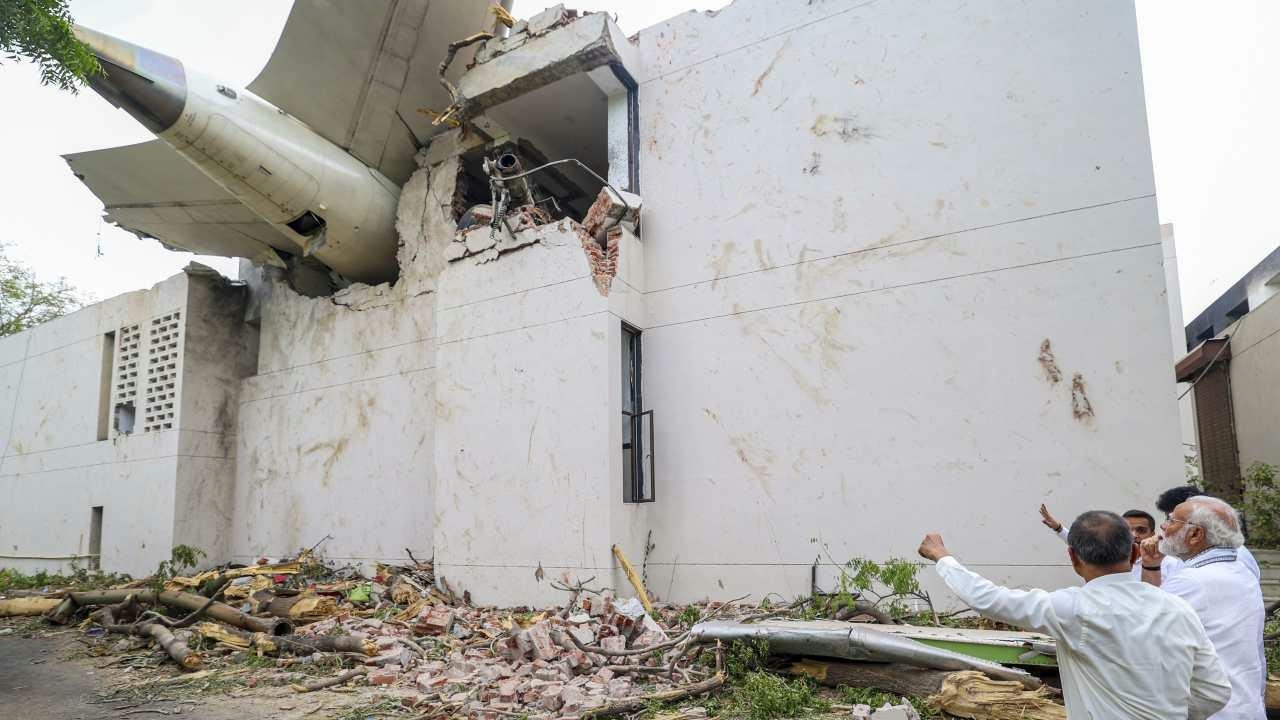
Civil Aviation Minister Says AAIB Preliminary Report on AI Plane Crash Imminent
AAIB Preliminary Report on Air India Flight AI-171 Crash Expected Imminently
Civil Aviation Minister K Rammohan Naidu announced on Friday that the Aircraft Accident Investigation Bureau (AAIB) is poised to release its preliminary report on the Air India Flight AI-171 crash in Ahmedabad. The incident, which occurred on June 12 and involved a Boeing 787, has intensified scrutiny of aviation safety standards in India and raised questions about the reliability of the aircraft model.
Speaking to the press in Mumbai, Minister Naidu underscored the government’s commitment to transparency and accountability throughout the investigation. He emphasized that the AAIB is diligently conducting its inquiry and assured that the report would be made public “very soon,” stressing the importance of allowing the bureau to carry out its responsibilities independently.
Comprehensive Investigation and Technical Collaboration
The investigation is being led by the AAIB Director General and involves a multidisciplinary team comprising experts from the Indian Air Force, Hindustan Aeronautics Limited (HAL), and the United States’ National Transportation Safety Board (NTSB), which serves as the designated authority from the aircraft’s country of design. Specialists in aviation medicine and air traffic control are also contributing to the probe. The NTSB team is currently based in Delhi, working closely with Indian authorities at the AAIB laboratory. Additionally, technical representatives from Boeing and General Electric are present in the capital to assist with the investigation.
In a significant development, India has for the first time successfully decoded black box data domestically. On June 25, officials confirmed that the memory module from the flight recorders was accessed and its data downloaded at the AAIB laboratory, providing critical information for the ongoing inquiry.
Broader Implications and Response Measures
The crash has posed considerable challenges to Air India’s Vihaan.AI transformation program, potentially affecting the airline’s reputation and operational progress. Investigators are exploring all possible causes, including sabotage, as part of a thorough and comprehensive probe. In response to the incident, Indian authorities have mandated safety inspections across the country’s Boeing 787 fleet, reflecting heightened concerns about the aircraft’s safety.
To restore public confidence in the aviation sector, the government has established a new committee to oversee the investigation. The findings of this probe are expected to have significant implications for India’s aviation industry and its regulatory framework.
All 260 victims of the AI-171 crash have now been identified, with their remains returned to families. Civil Hospital Medical Superintendent Rakesh Joshi reported that 254 identifications were confirmed through DNA matching, while six were established via facial recognition.
As the AAIB prepares to publish its preliminary findings, both the aviation community and the public await answers that could influence the future of air safety in India.
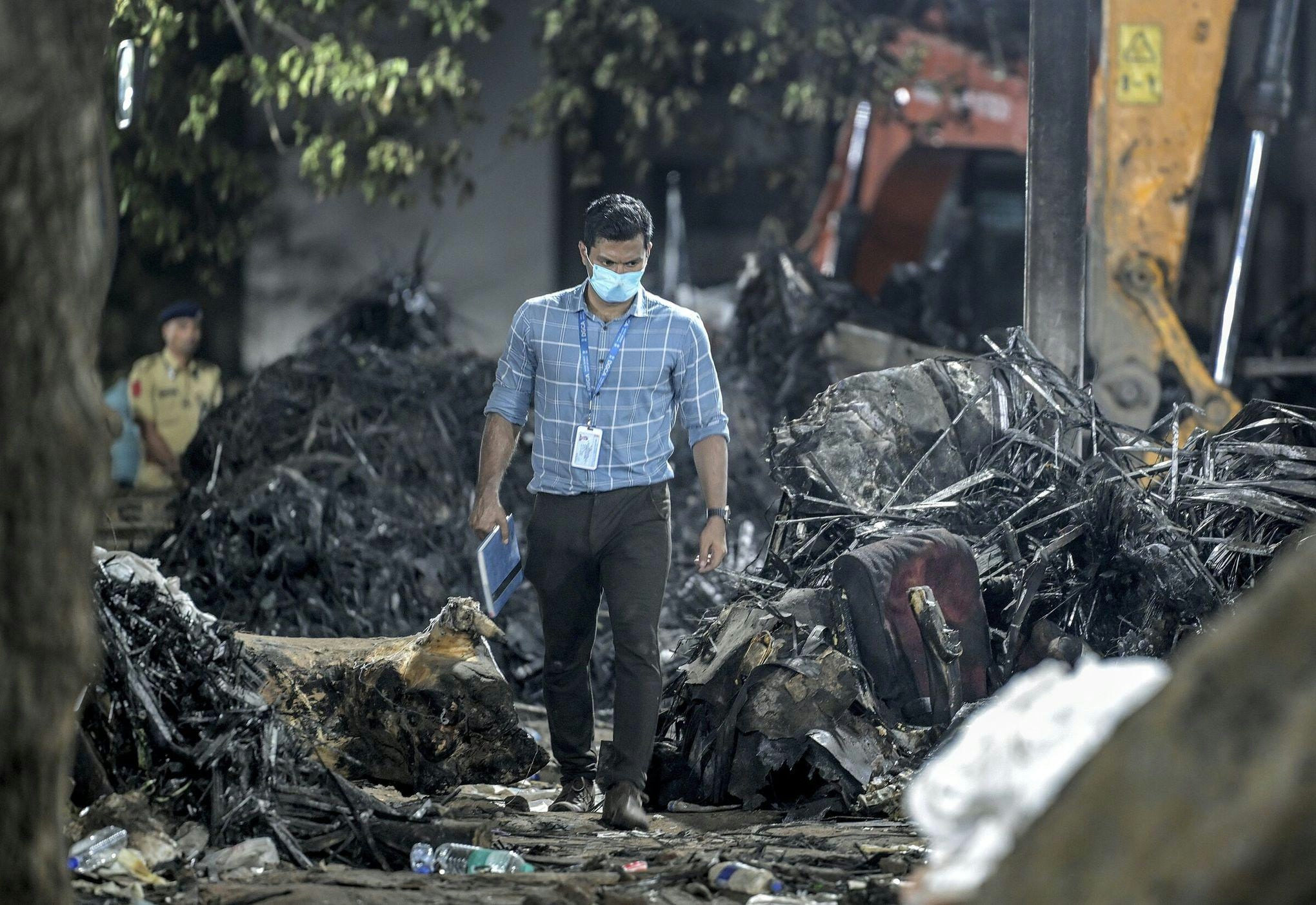
Preliminary Report Released on Air India Crash That Killed 260
Preliminary Report Released on Air India Crash That Killed 260
India’s Aircraft Accident Investigation Bureau (AAIB) has published a comprehensive 15-page preliminary report detailing the cockpit events preceding the tragic Air India crash that resulted in the loss of 260 lives. The report meticulously reconstructs the final moments after takeoff, providing new insights into the aircraft’s systems and the actions taken by the flight crew.
Sequence of Events Leading to the Crash
The AAIB report states that the aircraft reached its maximum recorded airspeed of 180 knots at 08:08:42 UTC. Immediately following this, both Engine 1 and Engine 2 fuel cutoff switches were moved from the RUN to the CUTOFF position within a second of each other. Cockpit voice recordings reveal a tense exchange between the pilots, with one questioning the other about the fuel cutoff, and the second pilot denying any initiation of the action.
Shortly thereafter, at 08:08:52 UTC, the Engine 1 fuel cutoff switch was returned to the RUN position, followed by Engine 2 four seconds later. Despite these corrective measures, a distress call was issued at 08:09:05 UTC, with a pilot declaring “MAYDAY MAYDAY MAYDAY” to air traffic control. No response was received, and ground controllers observed the aircraft crash moments later.
Implications for Air India and the Aviation Industry
The preliminary findings have intensified scrutiny of Air India’s operational safety protocols. In response, the airline has launched additional safety inspections across its Dreamliner fleet, leading to flight delays and cancellations. These disruptions have heightened passenger anxiety, with market data indicating a discernible shift as Indian travelers increasingly avoid certain carriers due to safety concerns.
While competitor airlines have not yet issued formal statements, industry analysts emphasize that Air India’s transparent approach to the investigation will be pivotal in shaping public perception and sustaining operational confidence. The airline’s reputation now depends on its capacity to address safety issues effectively and to reassure both regulators and the traveling public as the investigation progresses.
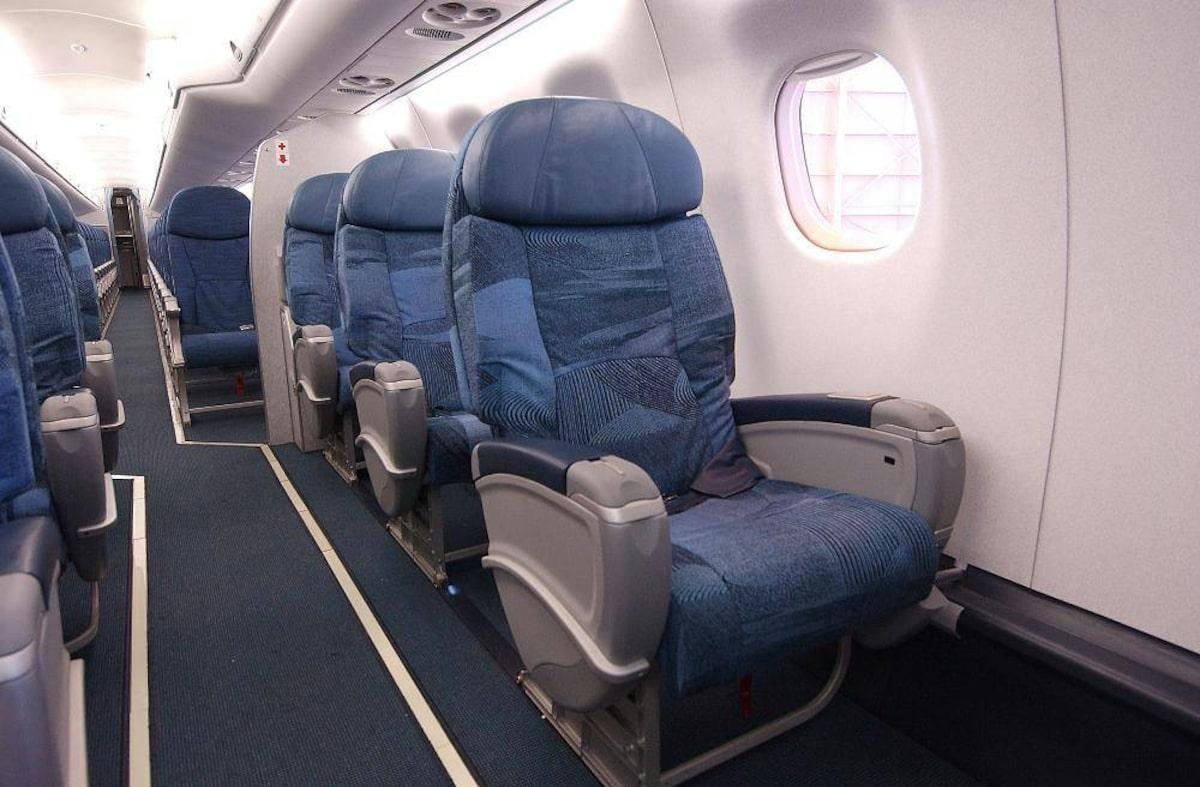
Proposed U.S. Tariffs on Brazil Threaten Embraer 175 Deliveries
Proposed U.S. Tariffs on Brazil Threaten Embraer 175 Deliveries
Impact on Embraer and the Aviation Industry
The potential imposition of U.S. tariffs on Brazilian imports has introduced significant uncertainty regarding the future delivery of Embraer E175 aircraft. These regional jets, which are a cornerstone of Embraer’s portfolio, serve a substantial portion of the American market. The proposed duties, currently under review by U.S. trade authorities, could severely disrupt Embraer’s ability to fulfill orders for U.S.-based carriers, raising concerns throughout the aviation sector.
Industry analysts caution that the tariffs may compel Embraer and its airline customers to reevaluate their supply chain arrangements. In response, many aviation companies are considering diversifying their vendor networks by seeking alternatives in countries not subject to these tariffs. Such shifts could unsettle long-standing partnerships and introduce greater operational complexity for both airlines and suppliers.
Broader Market Repercussions and Competitive Responses
Competitors within the regional jet market are closely observing the developments, with some contemplating adjustments in parts sourcing, maintenance, and servicing to offset potential cost increases. The uncertainty surrounding the tariffs is prompting airlines to factor the country of manufacture more heavily into their aircraft selection processes, potentially favoring models produced outside Brazil to avoid additional financial burdens.
The market has reacted swiftly to the policy ambiguity, with airlines and lessors expressing concern over the possibility of tariff reversals. This volatility is influencing strategic decisions related to network planning, capacity deployment, and aircraft acquisitions, as companies seek to mitigate risks associated with unpredictable trade policies.
Embraer’s Position and Industry Outlook
Embraer, which has historically depended on the U.S. market for a significant share of its E175 sales, now faces mounting challenges amid the evolving trade environment. While the company has yet to issue a public statement regarding the proposed tariffs, industry observers warn that any disruption to E175 deliveries could have far-reaching consequences across the regional aviation sector.
As the U.S. government deliberates its next steps, stakeholders throughout the industry are preparing for potential shifts that may alter the competitive landscape of the regional jet market. The resolution of these tariff discussions will be closely monitored by airlines, manufacturers, and suppliers seeking stability in an increasingly uncertain global trade context.
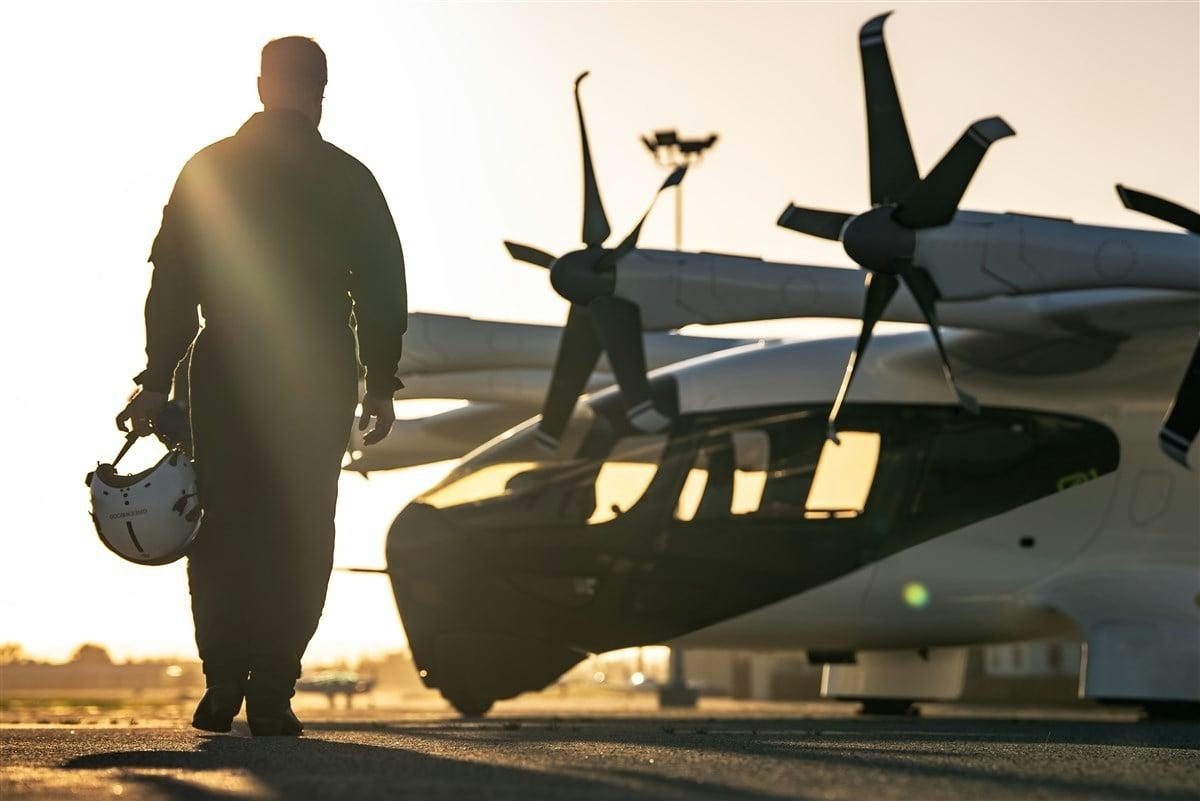
Vertical Aerospace Shares Drop After Discounted Share Sale Announcement
Vertical Aerospace Shares Decline Sharply Following Discounted Stock Offering
Shares of Vertical Aerospace (EVTL), the British manufacturer of battery-powered aircraft, fell by 30% on Wednesday after the company announced a public stock offering aimed at raising $60 million. The shares were priced at $5 each, representing a significant 28% discount from Tuesday’s closing price of $6.95. This steep markdown has intensified investor concerns regarding the company’s financial health amid ongoing difficulties in the electric vertical takeoff and landing (eVTOL) industry.
Details of the Offering and Market Context
The offering is being managed by underwriters Deutsche Bank Securities and William Blair, who hold a 30-day option to purchase an additional 1.8 million shares, potentially generating an extra $9 million. Vertical Aerospace indicated that the capital raised will be allocated toward research and development, expanding testing and certification capabilities, and general corporate purposes.
This fundraising effort occurs against a backdrop of significant challenges in Europe’s eVTOL sector. Several prominent startups have struggled or exited the market, with companies such as Lilium collapsing and Volocopter being sold. Vertical Aerospace remains the sole credible air taxi startup in the region, while U.S. competitors like Archer and Joby Aviation continue to gain traction and are widely regarded as leaders in the race to commercialize advanced air mobility.
Strategic Partnerships Amid Market Pressures
In an effort to bolster its market position, Vertical Aerospace has pursued strategic collaborations. The company recently expanded its partnership with Bristow Group to accelerate the deployment of air taxi services and strengthened its relationship with Honeywell to certify critical aircraft systems. Additionally, Vertical counts major airlines—including American Airlines, Japan Airlines, and GOL—as customers and collaborates with industry partners such as GKN and Leonardo.
Despite these initiatives, investor confidence remains fragile. Vertical Aerospace’s shares have declined by more than 60% year-to-date, reflecting ongoing doubts about the company’s capacity to compete effectively in a rapidly evolving and increasingly competitive market for electric air taxis.
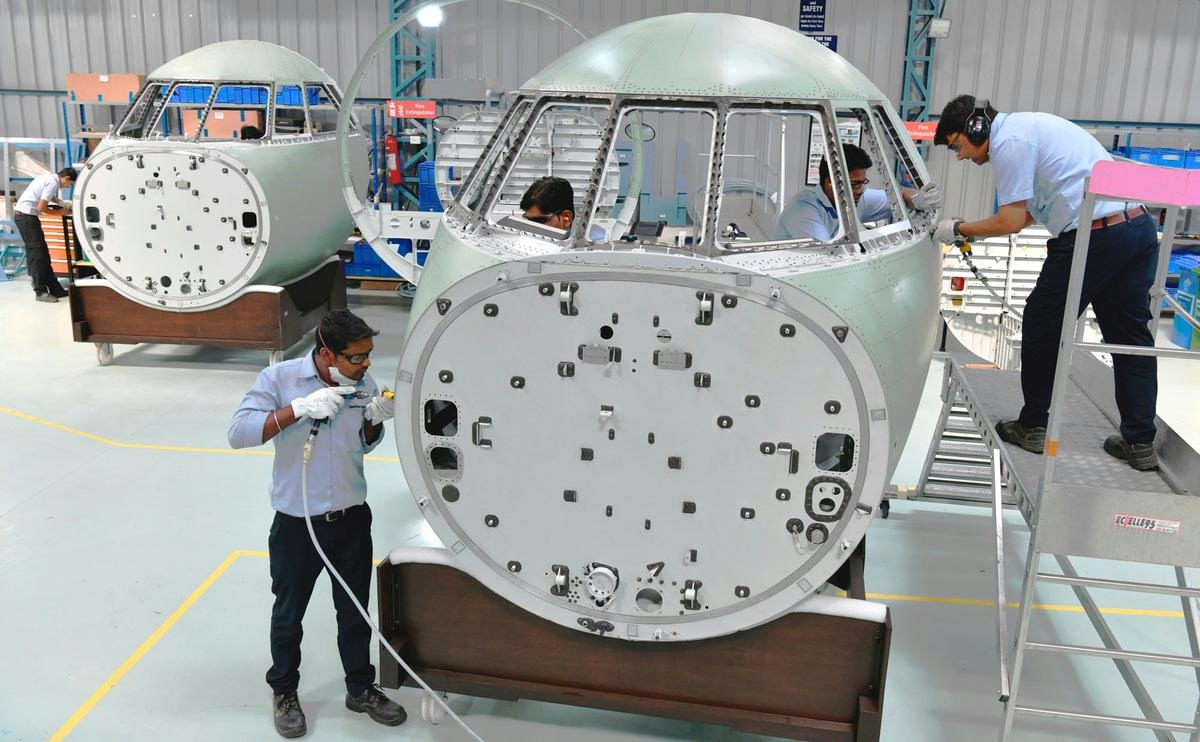
Reliance Defence Partners with US Firm for Military Aircraft MRO in Nagpur
Reliance Defence Partners with US Firm to Establish Military Aircraft MRO Facility in Nagpur
Reliance Infrastructure, under the leadership of Anil Ambani, has announced a significant expansion into the defence sector with plans to develop a maintenance, repair, and overhaul (MRO) facility for military aircraft and equipment at the Mihan Special Economic Zone (SEZ) in Nagpur. This initiative follows the company’s recent decision to manufacture Falcon 2000 business jets in the city and represents the first defence-focused MRO facility in Nagpur, as well as the third of its kind in the region.
Strategic Partnership and Facility Scope
Reliance Defence, a wholly owned subsidiary of Reliance Infrastructure, has entered into a strategic partnership with US-based Coastal Mechanics Inc (CMI) to develop the MRO facility. The collaboration is designed to capitalize on substantial business opportunities, particularly in extending the operational lifespan of the Indian Air Force’s (IAF) ageing fleet. Reliance Defence estimates the potential market value of this venture at approximately ₹20,000 crore over the next decade.
The proposed MRO facility will service a diverse range of platforms, including British-made Jaguars, Russian MiG-29s, legacy L-70 anti-aircraft guns, and Apache attack helicopters. The project is expected to require an initial investment of ₹500 crore and is projected to generate around 200 jobs upon commencement. Reliance Defence currently holds over 180 acres within the Mihan-SEZ, providing ample space for future expansion. This landholding also supports the company’s ongoing collaboration with French aerospace giant Dassault for Falcon jet production.
Phased Development and Operational Focus
Reliance Defence plans to adopt a phased approach, beginning with a comprehensive assessment of the Indian defence forces’ requirements before gradually expanding the facility’s capabilities to cover a broad spectrum of systems. The MRO is anticipated to handle over 100 Jaguars and MiG-29s or Bisons each—aircraft that have been in service with the IAF for more than three decades. This aligns with India’s evolving defence strategy, which emphasizes life cycle extension over outright asset replacement. The facility aims to address challenges related to obsolescence management and to upgrade older platforms with the latest technologies.
In addition to servicing domestic defence forces, Reliance Defence is targeting export markets with ambitions to become one of India’s top three exporters of defence products. This project is poised to be the first in the country capable of overhauling and extending the operational life of aircraft from multiple international origins. The company projects annual revenues of ₹2,000 crore from the MRO, serving not only the IAF but also the Indian Navy and Army.
Challenges and Industry Context
The partnership with CMI brings considerable expertise, particularly in maintaining older fleets, drawing on CMI’s experience with the US Department of Defense. The facility aims to fill critical gaps left when original equipment manufacturers discontinue support for certain subsystems. Reliance Defence does not foresee direct competition with the IAF’s existing base repair depots, as its focus will be on regular overhauls and life cycle extensions, thereby complementing the armed forces’ current maintenance infrastructure.
Nonetheless, the venture faces several challenges, including navigating complex regulatory approvals, ensuring compliance with international standards, and managing the logistical demands of large-scale aircraft maintenance. The MRO sector is highly competitive, with recent trends indicating increased liquidity demands for new-generation engine leasing and strategic expansions by global players such as Embraer in India. These dynamics are likely to attract close scrutiny from defence analysts and investors, while also prompting competitive responses from other firms seeking to establish or enhance their own MRO capabilities.
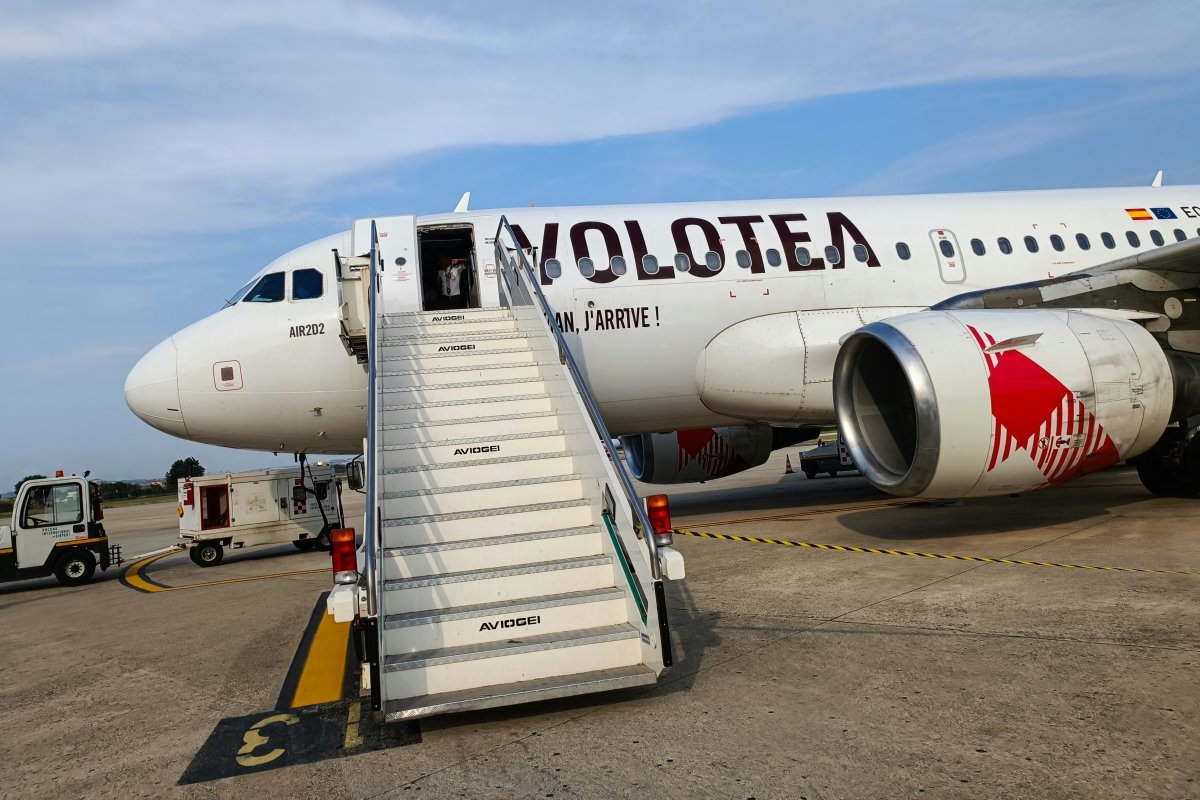
Person Injured After Being Drawn Into Plane Engine, Airport Temporarily Closed
Person Seriously Injured After Being Drawn Into Plane Engine at Milan Bergamo Airport
A man sustained serious injuries after being drawn into the engine of a Volotea Airbus A319-111 on the taxiway at Milan Bergamo Airport on Tuesday morning. The aircraft was preparing for departure to Asturias, Spain, when the incident occurred, prompting an immediate suspension of all flight operations at Italy’s third-busiest airport.
The identity and status of the injured individual remain unclear, with authorities yet to confirm whether he was a passenger, airport employee, or an unauthorized person on the tarmac. Italian media reports, including Corriere Della Sera, suggest the man was approximately 35 years old. SACBO, the airport’s operator, halted flights at 10:20 a.m. local time, citing “a problem that occurred on the taxiway.” Although operations resumed around midday, delays and cancellations persisted throughout the afternoon as the airport worked to restore normal schedules.
Volotea issued a statement on X (formerly Twitter), acknowledging the incident involving flight V73511 from Bergamo to Asturias. The airline confirmed that the event took place on the ground after boarding was completed and that one individual had sustained serious injuries related to the aircraft engine. An investigation is ongoing, with further information expected.
Investigation and Industry Implications
The Italian civil aviation authority, alongside law enforcement agencies, has launched a formal investigation focusing on security protocols and how the individual accessed the restricted area. The findings may lead to increased scrutiny of airport safety measures and regulatory oversight, not only at Milan Bergamo but across the aviation sector.
While such incidents are rare, similar tragedies have occurred in recent years. In 2023, a worker was fatally injured after being drawn into a Delta plane engine in San Antonio, Texas. Earlier this year, a fatality occurred at Amsterdam’s Schiphol Airport under comparable circumstances. These events have intensified concerns regarding ground safety and operational procedures at airports worldwide.
The repercussions of Tuesday’s incident extend beyond immediate operational disruptions. Airlines and airports may face regulatory investigations, insurance claims, and potential reputational damage. The aviation market could respond with heightened scrutiny of safety practices, potentially influencing passenger confidence and stock valuations. Competitors may also implement enhanced safety protocols and issue public reassurances to maintain customer trust.
Milan Bergamo Airport, which handled over 17 million passengers in 2024, remains under close observation as authorities continue their inquiry. Further updates from SACBO and Volotea are anticipated regarding the circumstances of the incident and any subsequent changes to safety procedures.
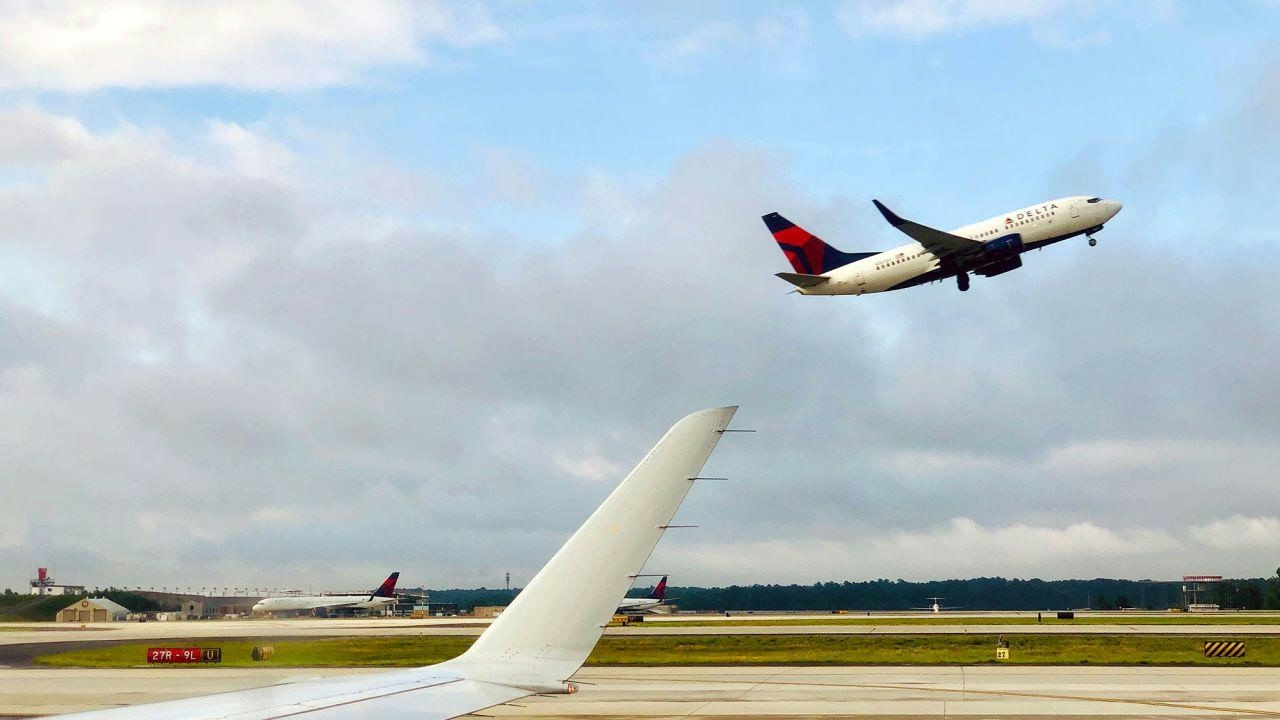
Delta Air Lines Resumes Nonstop Flights to Hong Kong After Eight Years
Delta Air Lines Resumes Nonstop Flights to Hong Kong After Eight Years
Delta Air Lines is poised to re-enter the competitive trans-Pacific market with the resumption of nonstop flights between Los Angeles International Airport (LAX) and Hong Kong International Airport (HKG). This marks the airline’s return to Hong Kong after an eight-year hiatus and signals a renewed commitment to expanding its global reach by directly connecting the U.S. West Coast to one of Asia’s foremost financial centers.
Strategic Reentry into a Crowded Market
Although Delta has yet to officially announce the launch date or flight frequency, industry insiders suggest the announcement is imminent. The service is expected to be operated using Delta’s Airbus A350-900 aircraft, which offers long-range capabilities alongside enhanced passenger comfort. The LAX-HKG route is currently dominated by established carriers, with United Airlines operating two daily flights and Cathay Pacific offering three. American Airlines previously served the route but withdrew prior to the pandemic due to underperformance. Delta’s return is anticipated to intensify competition, raising questions about how the airline will distinguish itself in a market already saturated with strong incumbents.
Unlike its competitors, Delta lacks a substantial regional network or strong local partnerships in Hong Kong. Cathay Pacific benefits from its extensive Asian network and membership in the oneworld alliance, while United leverages its Star Alliance connections. Delta, in contrast, will primarily depend on its domestic network at LAX to feed traffic onto the Hong Kong route. This approach represents a strategic shift away from Delta’s earlier reliance on Seoul Incheon (ICN) as a connecting hub for Asia, reflecting a broader realignment of its Asia-Pacific strategy.
Challenges and Competitive Dynamics
Delta’s return to Hong Kong faces several challenges. The airline’s recent introduction of “Basic” premium cabin fares has attracted criticism from some passengers, potentially diminishing its appeal among business travelers on this long-haul route. Furthermore, United Airlines may respond to Delta’s reentry with fare adjustments or service enhancements to protect its market share. The competitive environment is further complicated by Delta’s recent expansion of new routes from Seattle to Europe and its unbundling of business class offerings—strategies that have drawn comparisons to those employed by other carriers such as Alaska Airlines.
Market analysts will be closely monitoring how Delta positions itself amid these dynamics. The airline’s ability to attract passengers without the advantage of a strong regional partner in Hong Kong, and in the face of aggressive competition, will serve as a critical test of its trans-Pacific ambitions.
Delta’s planned nonstop service between Los Angeles and Hong Kong not only marks a significant comeback for the airline but also underscores the evolving strategies of U.S. carriers as they navigate the post-pandemic aviation landscape. As Delta prepares to challenge established players on one of the world’s busiest long-haul routes, the stage is set for renewed competition and shifting alliances in trans-Pacific travel.
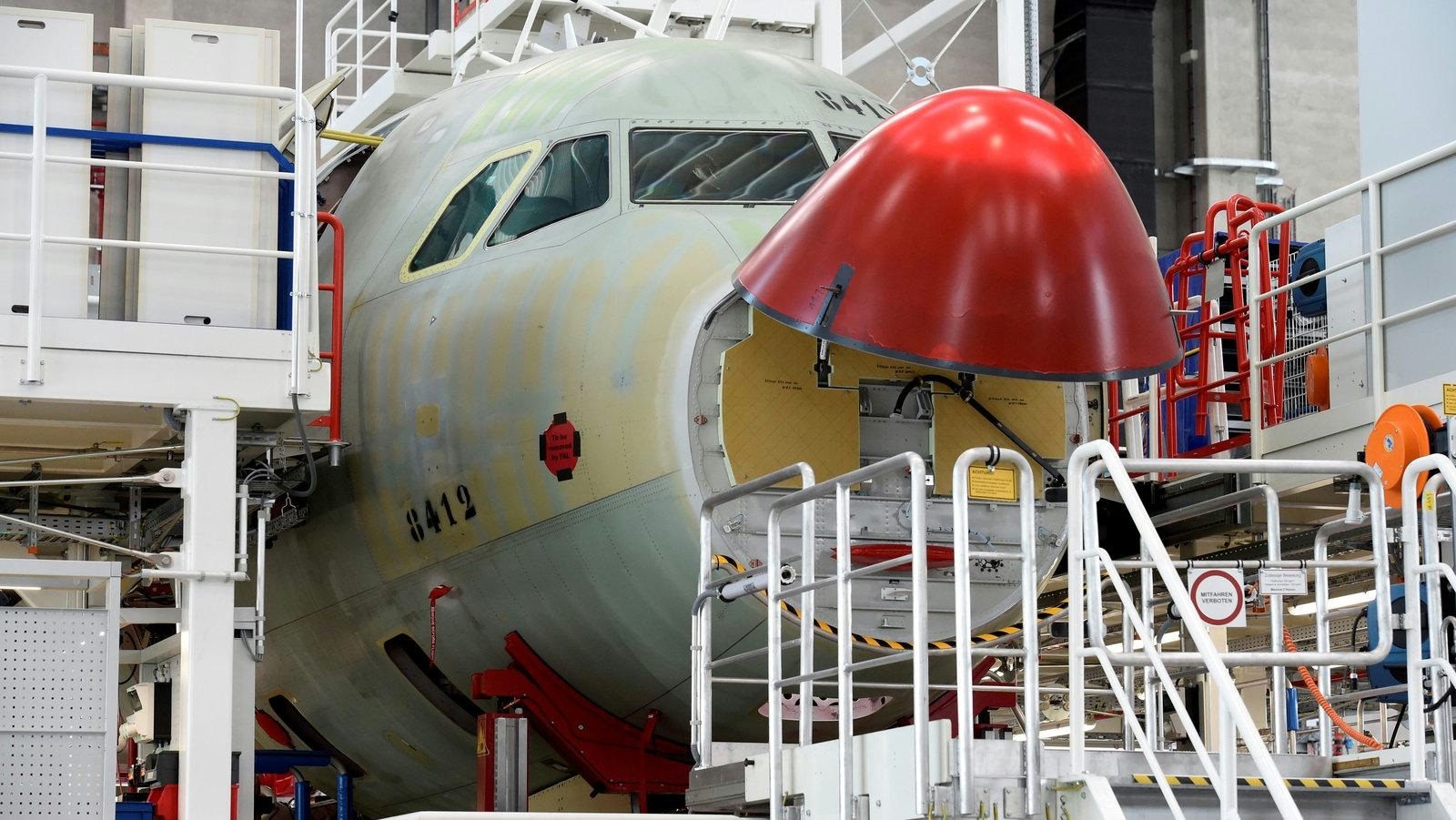
Airbus Delivers 63 Aircraft and Receives 203 Orders in June 2025
Airbus Reports Strong June Performance with 63 Deliveries and 203 Orders
Airbus announced a solid operational performance in June 2025, delivering 63 commercial aircraft to 35 customers worldwide. The company also secured 203 gross orders during the month, reflecting sustained demand across its product range. Year-to-date deliveries have reached 306 aircraft distributed among 65 customers, highlighting the continued global appetite for Airbus models such as the A220, A320neo, A330, and A350 families.
Delivery Challenges Amid Post-Pandemic Recovery
Despite the encouraging order intake, Airbus faces ongoing challenges in achieving its ambitious delivery targets. Industry analysts emphasize that while the company’s production remains steady and aligned with annual objectives, the pace of deliveries is under close observation. This scrutiny comes as the commercial aviation sector continues to recover from the disruptions caused by the COVID-19 pandemic, with supply chain and operational complexities still influencing output.
Market Dynamics and Competitive Pressures
Market responses to Airbus’ June results have been varied. Some experts have expressed concerns that recent incidents, including the Air India accident, could impact future order volumes, particularly in sensitive regions. Nevertheless, strong demand from markets such as Taiwan and India continues to support Airbus’ order book. The competitive environment remains intense, with rivals like Embraer securing contracts with operators such as Skywest, and Boeing announcing new orders from ANA Holdings. These developments underscore the dynamic nature of the commercial aircraft sector.
In addition to addressing traditional supplier challenges, Airbus is increasingly focusing on broader trade issues, which have become a strategic priority amid shifting global economic conditions. Further information, including detailed order breakdowns by aircraft type and customer, is available on Airbus’ official website.
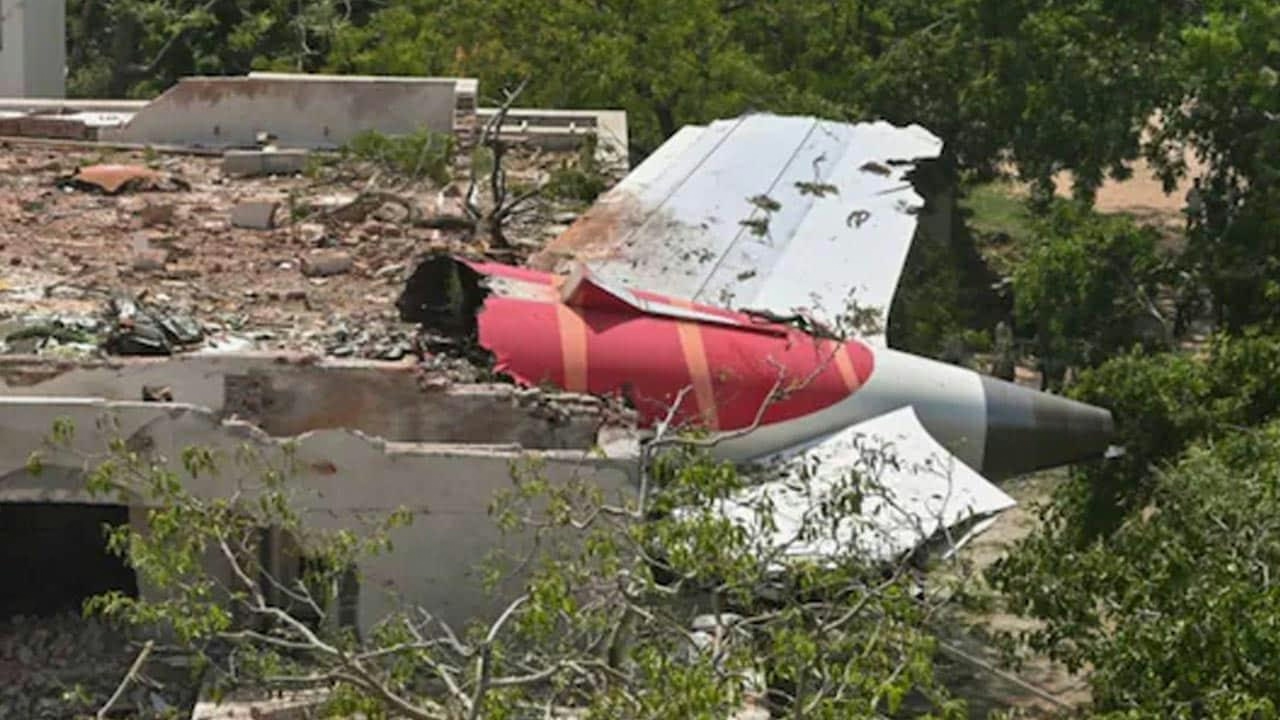
The Mystery of AI-171 Explained
The Mystery of AI-171 Explained
Aviation accidents often draw intense global scrutiny, not only because of the potential loss of life but also due to the complex technical factors involved. One notable case is the emergency landing of Air India Flight AI-171, a Boeing 787 Dreamliner, in 2017. This incident has since sparked considerable debate regarding aviation safety and manufacturing standards. Recently, analyst Dhruv Rathee provided a comprehensive breakdown of the event, shedding new light on the circumstances and their implications for the future of aviation and technology.
The Incident That Raised Questions
On February 10, 2017, Air India Flight AI-171 was traveling from Ahmedabad to London via Mumbai when it was compelled to make an emergency landing in London due to technical difficulties. Initially regarded as a routine precaution, the situation escalated when reports surfaced of a hole discovered in the aircraft’s fuselage—a critical structural component designed to endure the extreme pressures experienced at cruising altitude. This discovery raised urgent questions about how such a defect could have occurred and why it had not been detected earlier in the aircraft’s operational life.
The Dreamliner’s Promise and Pitfalls
The Boeing 787 Dreamliner was introduced as a significant advancement in fuel efficiency and passenger comfort, largely due to its innovative carbon-composite structure. However, since its debut, the aircraft has encountered several technical challenges, including battery fires, software malfunctions, and structural concerns such as those revealed by the AI-171 incident. This event exposed a disconnect between the Dreamliner’s technological ambitions and the practical realities of large-scale aircraft manufacturing.
What Really Happened?
Drawing on verified reports and engineering data, Rathee’s analysis clarifies that the hole was not the result of an in-flight event but rather a pre-existing manufacturing defect. Specifically, a panel in the rear fuselage had been improperly manufactured or repaired, causing a deformation near the tail section. Fortunately, this part of the aircraft does not bear the same pressurized load as the main cabin, which allowed the plane to continue operating safely for several flights before the defect was identified.
This case is not isolated. Boeing’s manufacturing processes, particularly at its Charleston, South Carolina facility, had already come under scrutiny amid allegations from whistleblowers about rushed production schedules and compromised quality control. The AI-171 incident thus highlights broader systemic issues within the aerospace industry.
Broader Implications: Competition, Legal Risks, and Evolving Standards
The challenges exemplified by the AI-171 incident resonate beyond aviation, reflecting dynamics in the rapidly evolving technology sector. Established companies such as Nvidia are experiencing rapid growth, intensifying competition and raising the stakes for quality and innovation. Market responses to such incidents are increasingly influenced by external factors, including major technology events like Apple’s Worldwide Developers Conference and key economic indicators such as inflation data.
At the same time, the legal environment is shifting. Competitors are increasingly resorting to litigation in response to technological disruptions, as seen in recent lawsuits filed by Disney and Universal against the AI startup Midjourney over issues of creative control. Concurrently, new startups are emerging to evaluate and price the risks associated with advanced artificial intelligence, reflecting a growing awareness of the need for robust oversight and accountability.
Conclusion
The AI-171 incident underscores the complexities and risks inherent in both aviation and cutting-edge technology. As manufacturers and technology companies accelerate innovation, the necessity for stringent quality control, transparent processes, and proactive risk management becomes ever more apparent. The lessons drawn from AI-171 extend well beyond the aviation sector, serving as a cautionary example for any industry navigating the challenges posed by rapid technological advancement.
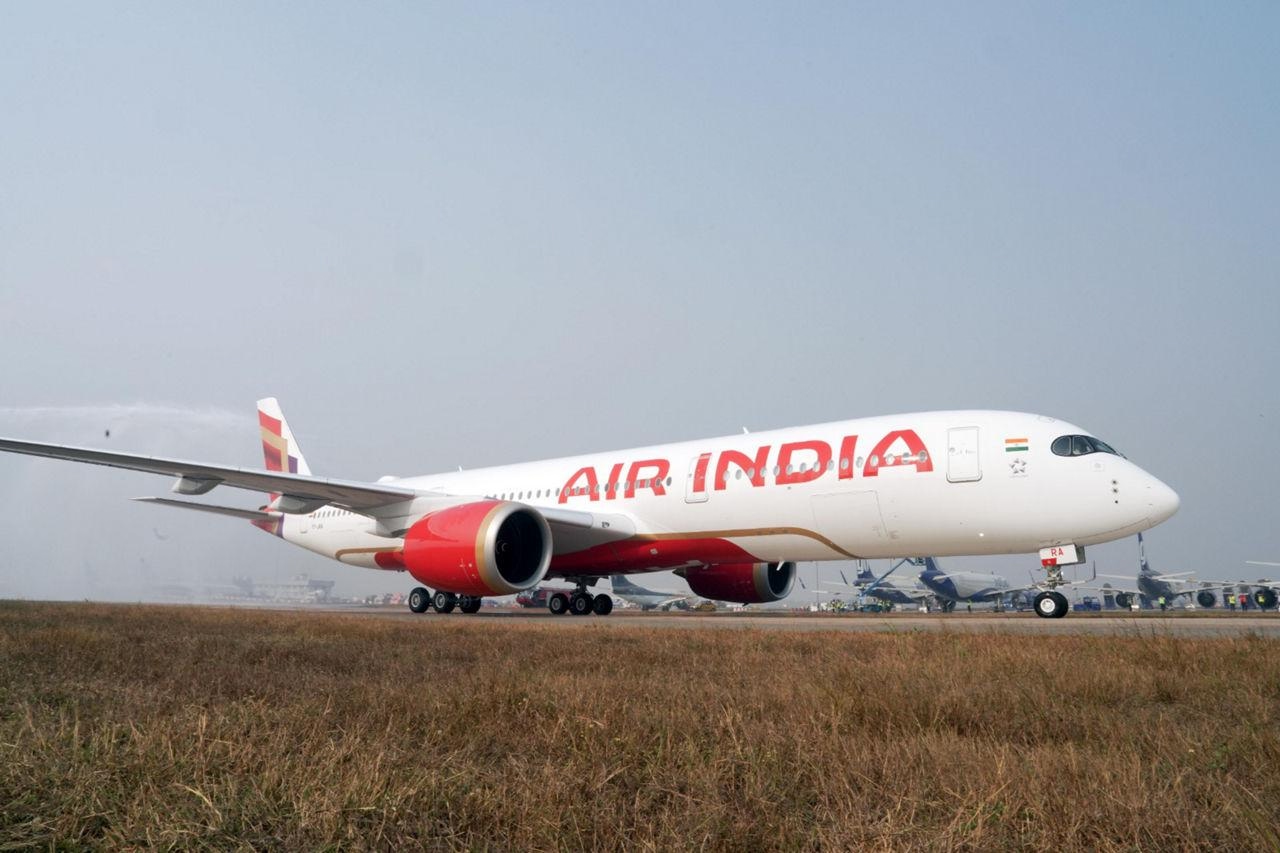
Air India Announces Delivery Schedule for A321neo, A350-1000, and 787-9 Aircraft
Air India Announces Delivery Schedule for A321neo, A350-1000, and 787-9 Aircraft
Major Fleet Modernization Underway
Air India Group, now under the ownership of the Tata Group, is advancing a landmark fleet renewal initiative that promises to transform its operational capabilities and competitive positioning within the Indian aviation sector. Central to this effort is an unprecedented order of 570 aircraft, among the largest in the history of commercial aviation. This extensive acquisition includes the latest models from Airbus and Boeing, notably the A321neo, A350-1000, 787-9 Dreamliner, and 777-9. These additions are expected to significantly expand Air India’s capacity and modernize its fleet.
Delivery Timeline and Deployment Plans
To date, the Air India Group—which comprises both Air India (AI) and Air India Express (IX)—has taken delivery of six Airbus A350-900s alongside more than 40 Boeing 737 MAX aircraft. The next phase of this fleet expansion is scheduled to commence in mid-2025, with the introduction of the first A321neo, A350-1000, and 787-9 Dreamliner aircraft. This phase represents a critical step in the airline’s strategy to increase capacity and enhance service offerings.
Air India Express will be the initial operator of the new A321neo, launching scheduled services from April 15, 2025. The inaugural routes will connect Delhi (DEL) with Bengaluru (BLR) and Srinagar (SXR), with subsequent expansions on April 20 to include Ayodhya (AYJ) and Jaipur (JAI). The A321neo will be configured with 180 economy seats and 12 business class seats, providing improved passenger options on key domestic routes. Currently, Air India operates two A321neos (registrations VT-RTC and VT-RTD) in a 192-seat dual-class layout.
Supply Chain Challenges and Operational Adjustments
Despite the progress, Air India continues to grapple with significant supply chain disruptions. CEO Campbell Wilson has acknowledged ongoing difficulties in procuring essential components such as engines, fuselages, and premium cabin seats. These challenges are expected to cause delivery delays from both Airbus and Boeing, potentially affecting the airline’s growth trajectory for the next four to five years. In response, Air India is extending the operational lifespan of older aircraft, which entails increased maintenance costs, and is facing obstacles in leasing additional planes due to global shortages. The airline is also exercising prudence regarding further Boeing orders amid manufacturing and regulatory constraints.
Widebody Fleet Expansion: A350-1000 and 787-9
The first A350-1000 destined for Air India is nearing completion at Airbus’s Toulouse facility and is anticipated to be delivered in 2026. Currently registered as F-WZFI, the aircraft will soon be re-registered under the VT-series for Indian operations. Concurrently, the initial Boeing 787-9 Dreamliners from the 2023 order are expected to arrive by the end of 2025. Three 787-9s are presently in production at Boeing’s Charleston, South Carolina plant, equipped with General Electric GEnx-1B engines.
Order Composition and Market Implications
Air India’s comprehensive 570-aircraft order includes 20 A350-900s, 20 A350-1000s, 140 A320neos, and 70 A321neos from Airbus, alongside 20 787-9 Dreamliners, 10 777X, and 190 737-8 MAX aircraft from Boeing. Additionally, a 2024 order comprises 10 more A350s and 90 A320 Family aircraft. This sweeping modernization is anticipated to provoke strategic responses from rival carriers, who may reassess their fleet plans in light of Air India’s expanded capacity. Industry analysts expect this development to intensify competition and elevate passenger service standards across the Indian aviation market.
Commitment to Sustainability and Efficiency
Air India’s investment in next-generation aircraft reflects a strong commitment to operational efficiency, passenger comfort, and environmental stewardship. The new A350 and 787-9 models offer substantial fuel savings and reduced emissions, aligning with global efforts to promote sustainable aviation. As these aircraft enter service from mid-2025 onward, Air India is positioned to lead the industry’s transition toward eco-friendly, high-capacity air travel.
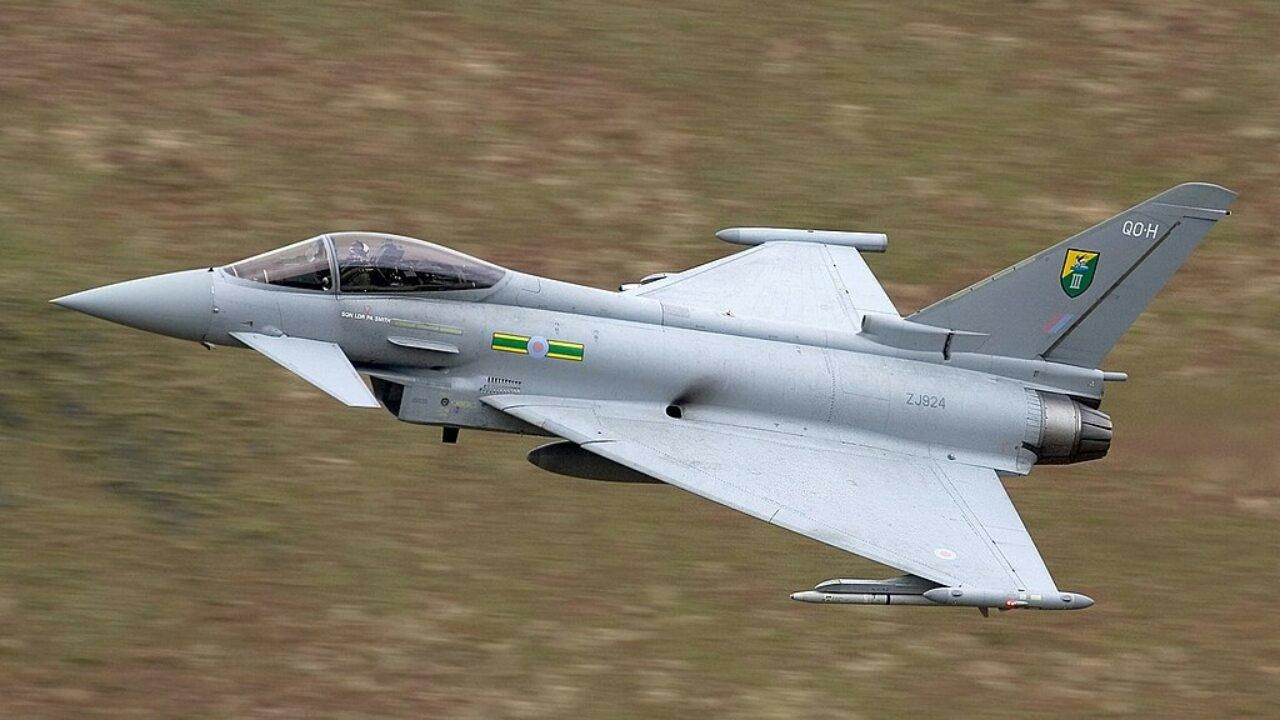
Avioniq and BAE Systems Test AI Pilot Assistance for Eurofighter
Avioniq and BAE Systems Advance AI Pilot Assistance for Eurofighter Typhoon
Avioniq and BAE Systems have initiated testing of an artificial intelligence (AI) pilot assistance system tailored for the Eurofighter Typhoon, aiming to enhance pilot decision-making and extend the aircraft’s operational capabilities. This development aligns with a broader industry trend, as defense contractors increasingly seek to integrate sophisticated AI technologies into existing fighter fleets. Air forces worldwide are pursuing such upgrades as a cost-effective means to prolong the service life of their current platforms amid evolving combat requirements.
Enhancing Pilot Support Through AI
Currently in the validation phase, the AI pilot assistance system is designed to process extensive data streams in real time, providing pilots with actionable recommendations and automating select tasks to alleviate workload during complex missions. The technology promises to be a critical asset in future air combat scenarios, where rapid decision-making and efficient information management are vital. By supporting pilots with advanced data analysis and task automation, the system aims to improve situational awareness and operational effectiveness.
Challenges in Integration and Market Dynamics
Despite its potential, integrating AI into established military aircraft presents considerable challenges. The financial burden of retrofitting existing fleets with advanced AI capabilities remains a significant concern for defense budgets. Moreover, rigorous testing and validation are essential to ensure the reliability, safety, and trustworthiness of AI-based decision-support systems. Compatibility with current military infrastructure and legacy systems further complicates the integration process, requiring careful coordination and technical adaptation.
Nonetheless, the market response has been notably positive, particularly among air forces seeking to maximize the value of their Eurofighter Typhoons without committing to entirely new platforms. The collaboration between Avioniq and BAE Systems is viewed as a strategic move to sustain the Eurofighter’s competitiveness amid a rapidly evolving defense landscape.
Competitive Landscape and Future Implications
The competitive environment is already responding to these advancements. Saab, for instance, has successfully integrated Helsing’s Centaur AI into its Gripen E fighter, positioning it as a direct competitor in the emerging AI-enhanced fighter jet segment. This development highlights the intensifying rivalry among manufacturers striving to deliver cutting-edge, AI-driven capabilities to their customers.
As testing progresses, the outcome of Avioniq and BAE Systems’ AI pilot assistance system could significantly influence future procurement decisions and establish new benchmarks for AI integration in military aviation. The success of this initiative is poised to impact not only the Eurofighter program but also broader trends in the adoption of artificial intelligence across the defense sector.
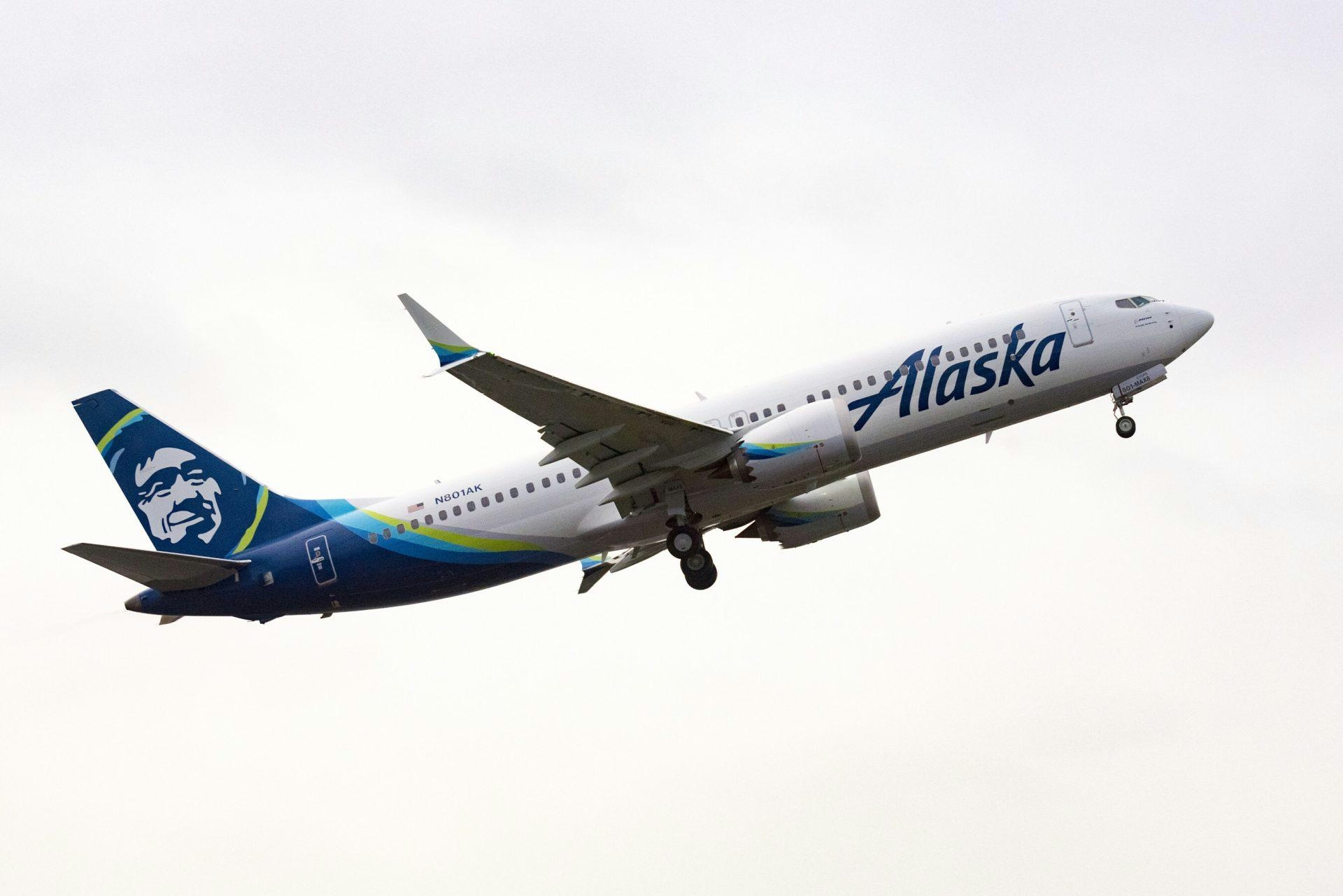
Alaska Airlines Orders Additional Boeing 787 and 737 MAX 10 Jets for Seattle Expansion
Alaska Airlines Expands Fleet with Additional Boeing 787 and 737 MAX 10 Jets
Alaska Airlines has confirmed the exercise of purchase options for five additional Boeing 787-9 Dreamliners, a strategic move to bolster its long-haul fleet amid ongoing integration efforts with Hawaiian Airlines. This development was disclosed by Larry Payne, chair of the Hawaiian Airlines Master Executive Council at the Air Line Pilots Association (ALPA), during a recent Alaska Pilots Podcast and initially reported by The Points Guy.
In conjunction with the Dreamliner order, Alaska Airlines has also committed to acquiring 12 more Boeing 737 MAX 10 aircraft, further enhancing its narrowbody fleet. Although the 737 MAX 10 has yet to receive full certification, Boeing CEO Kelly Ortberg has indicated that certification for the entire 737 MAX family is expected to be completed by the end of 2024.
Fleet Expansion and Integration Strategy
The additional aircraft orders align with Alaska Airlines’ accelerated efforts to integrate its operations with Hawaiian Airlines following their merger. Payne revealed plans to establish a Hawaiian 787 pilot base in Seattle by March 2026, underscoring the airline’s intention to position Seattle-Tacoma International Airport (SEA) as a pivotal hub for expanded long-haul services.
“This is the first phase in what we’re seeing with the company executing on their promise of growth as a result of the merger,” Payne stated. “There’ll be growth on the Hawaiian side as they staff some of these upcoming 787 deliveries out of Seattle.”
According to ch-aviation data, Hawaiian Airlines currently operates a fleet of 75 aircraft, including four Boeing 787-9 Dreamliners, with eight additional Dreamliners previously on order. With Alaska’s latest acquisition, the combined firm commitment for Boeing 787-9s now totals 13. Hawaiian’s broader fleet also comprises Airbus A330s, Boeing 717s, and Airbus A321neos.
Alaska Airlines itself marked a significant milestone in June 2025 by adding its 300th Boeing 737 to the fleet. The carrier operates six variants of the 737 family and maintains a regional fleet of Embraer E175s through its subsidiary, Horizon Air.
Order Book and Delivery Challenges
Alaska Airlines’ current order book includes 13 Boeing 787-9s, 63 Boeing 737 MAX 10s—including the latest 12—and 12 Boeing 737 MAX 8s. Despite these ambitious plans, the airline faces potential challenges due to ongoing supply chain disruptions affecting Boeing’s production schedules. Such delays could impact Alaska’s ability to implement its growth strategy within the anticipated timeframe.
Competitive Dynamics and International Expansion
In a significant expansion of its international network, Alaska Airlines is preparing to launch its inaugural transatlantic route, connecting Seattle to Rome Fiumicino International Airport (FCO) in May 2026. This initiative represents a major step in the airline’s global growth ambitions.
The move has prompted competitive responses, notably from Delta Air Lines, which plans to introduce new Seattle-to-Barcelona and Seattle-to-Rome flights in May 2026 to counter Alaska’s transatlantic expansion. Other carriers are also expected to adjust their route strategies to safeguard market share in the increasingly contested Pacific Northwest region.
As Alaska Airlines advances its fleet and network expansion, it navigates a complex landscape of opportunities and challenges within a rapidly evolving aviation market.
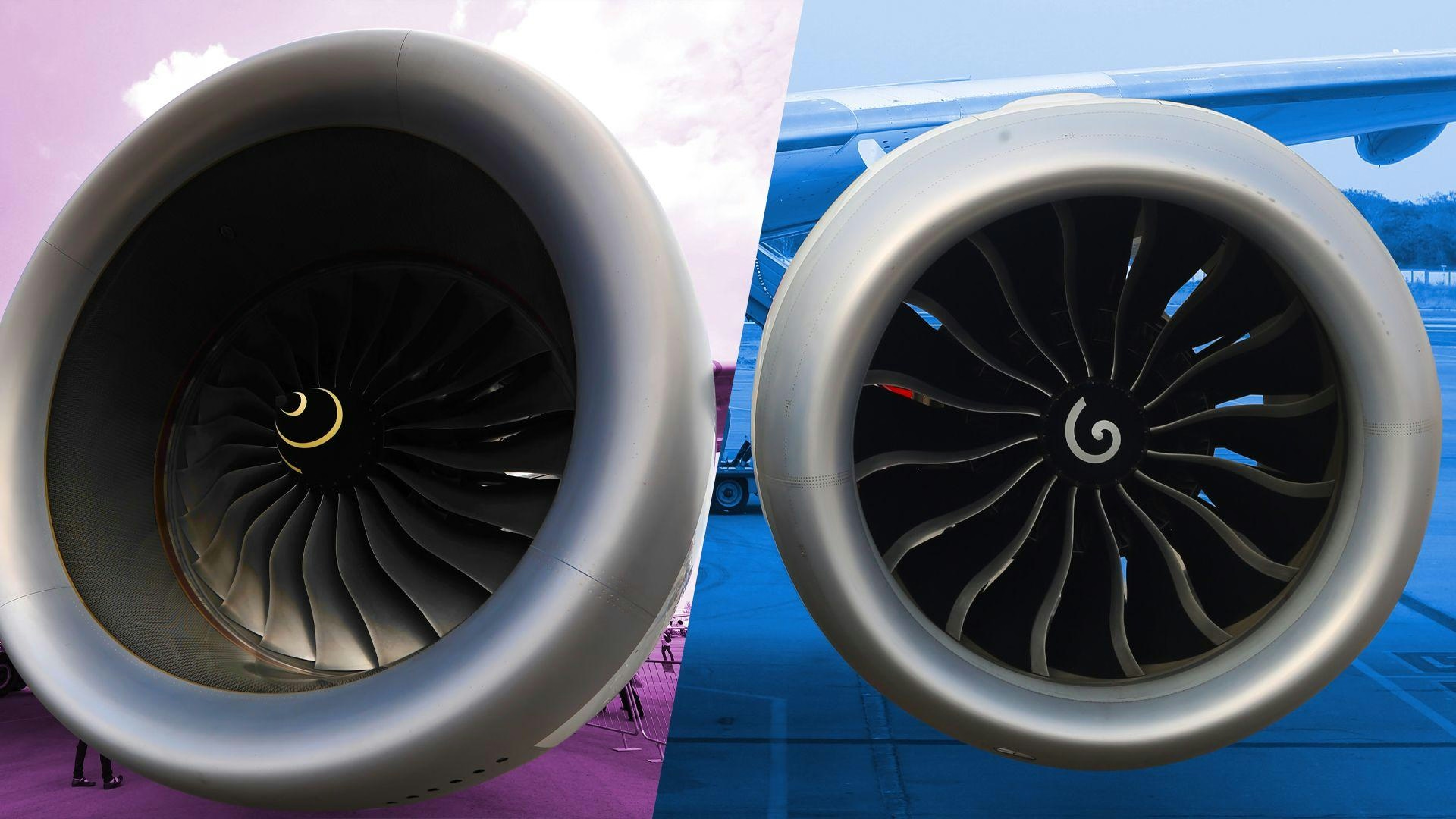
Why Some Airlines Are Choosing General Electric Over Rolls-Royce Engines
Why Some Airlines Are Choosing General Electric Over Rolls-Royce Engines
The ongoing issues with Rolls-Royce’s Trent 1000 engines have had a profound impact on many Boeing 787 operators, prompting a notable shift in airline preferences toward General Electric’s GEnx engines. British Airways, among other carriers, has pointed to operational disruptions and parts shortages related to the Trent 1000 as critical factors influencing their decision to diversify engine suppliers. This development marks a challenging period for Rolls-Royce, whose Trent 1000 program has been plagued by reliability concerns and maintenance difficulties, leading several airlines to reconsider their engine choices for future Dreamliner acquisitions.
Airlines Shifting to GEnx-Powered 787s
In recent months, an increasing number of airlines, including those with existing Trent 1000-powered 787 fleets, have opted for GEnx engines on new orders. Air New Zealand, for instance, currently operates 14 Trent 1000-powered 787s but has placed orders for three GEnx-powered aircraft. The contrast is even more pronounced with All Nippon Airways (ANA), which operates 78 Rolls-Royce-powered 787s but has ordered 15 Dreamliners equipped with GEnx engines. British Airways, historically a close partner of Rolls-Royce, operates 41 Trent 1000-powered 787s but has selected GEnx engines for its latest order of six Dreamliners, signaling a significant departure from its longstanding relationship with the British engine manufacturer.
Smaller operators are also following this trend. Air Tanzania, which currently flies two Trent 1000 and one GEnx-powered 787, has chosen GEnx engines for its next Dreamliner. Industry data reflects this shift: while approximately 34% of 787s in service are powered by Rolls-Royce engines, only about 8% of new engine orders are for the Trent 1000.
Advantages of the GEnx-1B Engine
The GEnx-1B engine aligns closely with the 787 Dreamliner’s objectives of efficiency and reliability. Airlines highlight several key advantages. The GEnx-1B offers lower operating costs through improved fuel efficiency and reduced carbon emissions compared to the Trent 1000. It also demonstrates greater reliability, with fewer unscheduled removals and maintenance events, thereby minimizing operational disruptions. In terms of performance, variants such as the GEnx-1B74/75, used on the 787-9, deliver comparable thrust and fan diameter to the Trent 1000 but boast a stronger track record for in-service performance.
Market Implications and Industry Response
The increasing preference for GE engines is reshaping the broader aviation market. Rising demand for GEnx engines is likely to enhance GE Aerospace’s market position and stock performance. However, this shift also presents challenges for airlines, which must adapt to new supply chain logistics, including different maintenance schedules and parts inventories.
Rolls-Royce is actively responding to these challenges by improving the durability of the Trent 1000 and pursuing new international contracts. The company recently secured orders for 142 aircraft engines, indicating sustained demand despite the current shift in airline preferences.
Looking Ahead
While General Electric’s GEnx currently holds a competitive advantage, the evolving market landscape suggests that both manufacturers will continue to innovate. Airlines will need to weigh considerations of reliability, cost, and long-term support as they make future engine decisions. Whether some carriers will eventually revisit their commitment to GEnx-powered 787s remains uncertain, but for the time being, General Electric appears well-positioned to maintain its dominance in the widebody engine market.
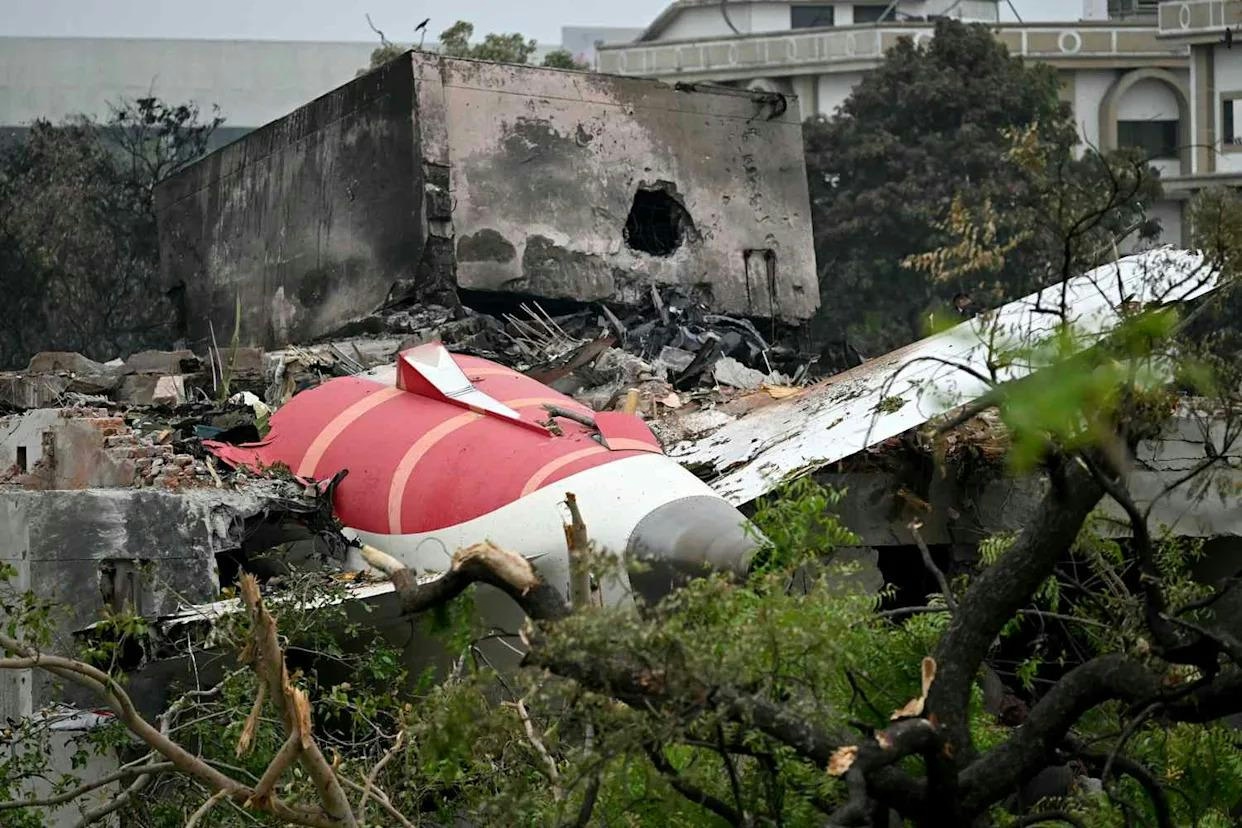
Initial Probe Points to Cause of AI 171 Crash After 15-Second Mayday Call
Initial Probe Points to Power Failure as Cause of AI 171 Crash After 15-Second Mayday Call
An initial investigation into the crash of Air India Flight AI 171 has identified a sudden power failure in the aircraft’s main electrical system shortly after takeoff as the probable cause of the disaster. The Boeing 787 Dreamliner, carrying 242 passengers and crew, crashed moments after departing Ahmedabad Airport, descending rapidly at a rate of 475 feet per minute after reaching an altitude of just 625 feet.
The Mayday Call and Immediate Response
As the aircraft began to lose altitude, Captain Sumeet Sabharwal and co-pilot Clive Kundar issued a brief but urgent “Mayday” distress call to Air Traffic Control (ATC), stating, “Mayday… no thrust, losing power, unable to lift.” Captain Sabharwal, a seasoned pilot with over 8,200 flying hours, made the call only 15 seconds before the plane impacted the ground. Despite ATC’s attempts to re-establish communication, no further contact was made, leaving a very narrow window for any emergency response.
The Mayday call, derived from the French term “m’aider” meaning “help me,” is the highest level of distress signal in aviation and has been the international standard since 1927. It is reserved for life-threatening emergencies requiring immediate assistance.
Investigation and Technical Findings
India’s Aircraft Accident Investigation Bureau (AAIB) is leading an independent inquiry into the crash. Investigators have recreated the incident using flight simulators, replicating conditions such as the landing gear being down and wing flaps engaged. These simulations did not result in a crash, indicating that a more critical failure likely occurred.
Evidence suggests a possible dual engine failure, as the aircraft’s emergency power system, known as the Ram Air Turbine (RAT), was deployed by the pilots. The activation of the RAT typically signals a loss of engine power or a complete electrical failure. Although dual engine failures are exceedingly rare, investigators have not dismissed this possibility. The ongoing recovery and analysis of the second “black box” flight recorder are expected to provide more conclusive information.
Broader Implications and Ongoing Inquiry
The crash carries significant consequences for Air India, including potential reputational damage, financial losses, and operational disruptions. It is also expected to trigger heightened scrutiny and possible regulatory reforms within India’s aviation sector. Boeing, as the manufacturer of the aircraft, may face reputational and legal challenges as the investigation progresses.
CCTV footage widely circulated online shows the aircraft taking off from Runway 23 before unexpectedly descending and veering over a residential area, followed by a massive explosion and a plume of black smoke at the crash site. Flight tracking data confirmed that the aircraft lost contact just seconds into its planned 4,200-mile journey to London’s Gatwick Airport.
Investigators are also reviewing a previous takeoff incident involving the same route to Gatwick from five years ago as part of their efforts to determine the full cause of the crash. The findings from this ongoing investigation are anticipated to influence future safety protocols and regulatory oversight in both Indian and international aviation.

Delta Air Lines Prohibits Personal AI Smart Glasses for Flight Attendants
Delta Air Lines Bans Personal AI Smart Glasses for Flight Attendants
Delta Air Lines has announced a new policy prohibiting flight attendants from using personal AI-powered smart glasses while on duty. This measure, effective immediately across the airline’s global operations, underscores Delta’s commitment to safeguarding passenger privacy and maintaining operational safety amid the rapid proliferation of wearable technology. The decision reflects mounting concerns within the aviation sector regarding data security and the potential for unauthorized recording devices in the cabin environment.
Privacy and Security Concerns Amid Technological Advances
Smart glasses, including popular models such as Apple Vision Pro and Meta Ray-Ban, as well as emerging devices from companies like TDK and Xiaomi, are increasingly popular for their real-time AI assistance, voice command functionality, facial recognition, and discreet video recording capabilities. While these features offer promising enhancements to workflow and customer service, they also raise significant challenges related to privacy, data protection, and compliance with diverse international regulations. These issues are particularly acute on international flights, where legal standards vary widely.
Delta’s policy emerges as the aviation industry continues to wrestle with integrating new technologies without compromising safety or passenger trust. Although airlines such as Air New Zealand and Virgin Atlantic have experimented with augmented reality wearables to improve crew efficiency, these initiatives have not led to widespread adoption. By formally banning personal smart glasses for frontline staff, Delta positions itself as one of the first major carriers to establish a clear boundary on the use of such devices, setting a precedent for technology governance in aviation.
Balancing Innovation with Passenger Trust
The airline’s stance has sparked debate among technology advocates and industry observers. Proponents argue that smart glasses represent a significant opportunity for inflight service innovation, enabling hands-free translation, instant access to passenger information, and more efficient crew workflows. Conversely, many passengers express unease about the possibility of being recorded without their consent, raising important questions about comfort and privacy during flights. Delta’s policy seeks to navigate these competing interests by prioritizing the safety and trust of both passengers and crew members.
Market reactions to the ban have been mixed. Some industry participants view Delta’s approach as a prudent safeguard against privacy risks, while others caution that it may hinder the adoption of potentially transformative tools. Competitor airlines may respond in varied ways, either by implementing similar restrictions to address privacy concerns or by selectively embracing smart glasses to differentiate their service offerings and appeal to technology-savvy travelers.
Looking forward, Delta has indicated openness to introducing airline-approved wearable technology in the future, contingent upon strict adherence to privacy protections and regulatory requirements. As the market for smart glasses continues to expand, airlines will face the complex task of balancing the benefits of these devices with the imperative to protect passenger rights and ensure safety.
Delta’s cautious and transparent policy highlights the intricate challenges of incorporating cutting-edge technology into aviation. The airline’s decision reinforces the principle that passenger trust, privacy, and safety must remain paramount as the industry evolves.

American Airlines Integrates AI, Rail Travel Advances Sustainability, Luxury Cruises Face Challenges
American Airlines Advances AI Integration Amid Operational Challenges
American Airlines is at the forefront of incorporating artificial intelligence and smart technologies to elevate the passenger experience. The airline has introduced AI-driven features such as automated rebooking, real-time travel updates, and a flight hold system, all aimed at streamlining the journey from check-in to boarding. Self-service kiosks deployed at major hubs including Dallas and Miami have successfully reduced check-in times to under two minutes. Additionally, expanded biometric screening at airports like LaGuardia and Atlanta now facilitates document-free security checks, further accelerating passenger flow.
Despite these technological advancements, American Airlines faces considerable challenges in fully integrating AI. The transition demands significant investment in infrastructure and comprehensive staff training, alongside workforce adaptation to new operational procedures. Regulatory scrutiny and concerns over data privacy add layers of complexity, while some employees remain reluctant to abandon traditional methods. Nevertheless, these innovations are anticipated to enhance operational efficiency and improve customer satisfaction. Market responses have included heightened investor interest in AI-driven efficiencies, prompting competitors to potentially accelerate their own AI initiatives or emphasize personalized service to maintain market share. However, skepticism persists among certain travelers regarding the impact of AI on service quality.
Rail Travel Embraces Sustainability with Hydrogen Power and Luxury Enhancements
Sustainability has emerged as a pivotal focus within the rail sector, with hydrogen-powered trains set to join the U.S. national rail network as part of an environmentally conscious shift. This transition aims to reduce the carbon footprint associated with long-distance travel, appealing to both corporate and leisure passengers increasingly attentive to ecological concerns. Amtrak is supporting this movement by enhancing its luxury offerings, notably through the introduction of the Asella First Class service. This premium experience features gourmet dining curated by celebrity chef Steven Star, seasonal menus, hot towel service, and refined table settings, targeting travelers who seek both comfort and sustainability.
The adoption of greener rail technologies, however, faces significant obstacles. High upfront costs, regulatory challenges, and the necessity for substantial public and private investment could impede progress. Infrastructure upgrades and funding constraints remain critical issues. While consumer demand for eco-friendly travel options is expected to rise, concerns about potential increases in ticket prices persist. In response, rail operators may adopt similar sustainability initiatives or highlight their existing green credentials to stay competitive. Positive market reactions could manifest as increased consumer preference for environmentally responsible transportation.
Luxury Cruise Industry Confronts Economic and Environmental Pressures
The luxury cruise sector, traditionally synonymous with extravagance and exclusivity, is encountering mounting pressures stemming from economic instability, rising operational costs, and shifting traveler expectations. Recent disruptions, including significant itinerary changes, have highlighted the unpredictability inherent even in high-end cruise experiences. As demand for sustainable travel intensifies, conventional luxury cruises risk experiencing declining bookings, while environmentally focused cruise lines may attract greater interest.
In response, cruise operators are bolstering sustainability efforts and offering more flexible, eco-conscious travel options to align with evolving market demands. These adaptations reflect a broader industry trend toward balancing luxury with environmental responsibility. Nonetheless, fluctuating demand and the imperative for robust sustainability practices could influence market positioning and pricing strategies across the sector.
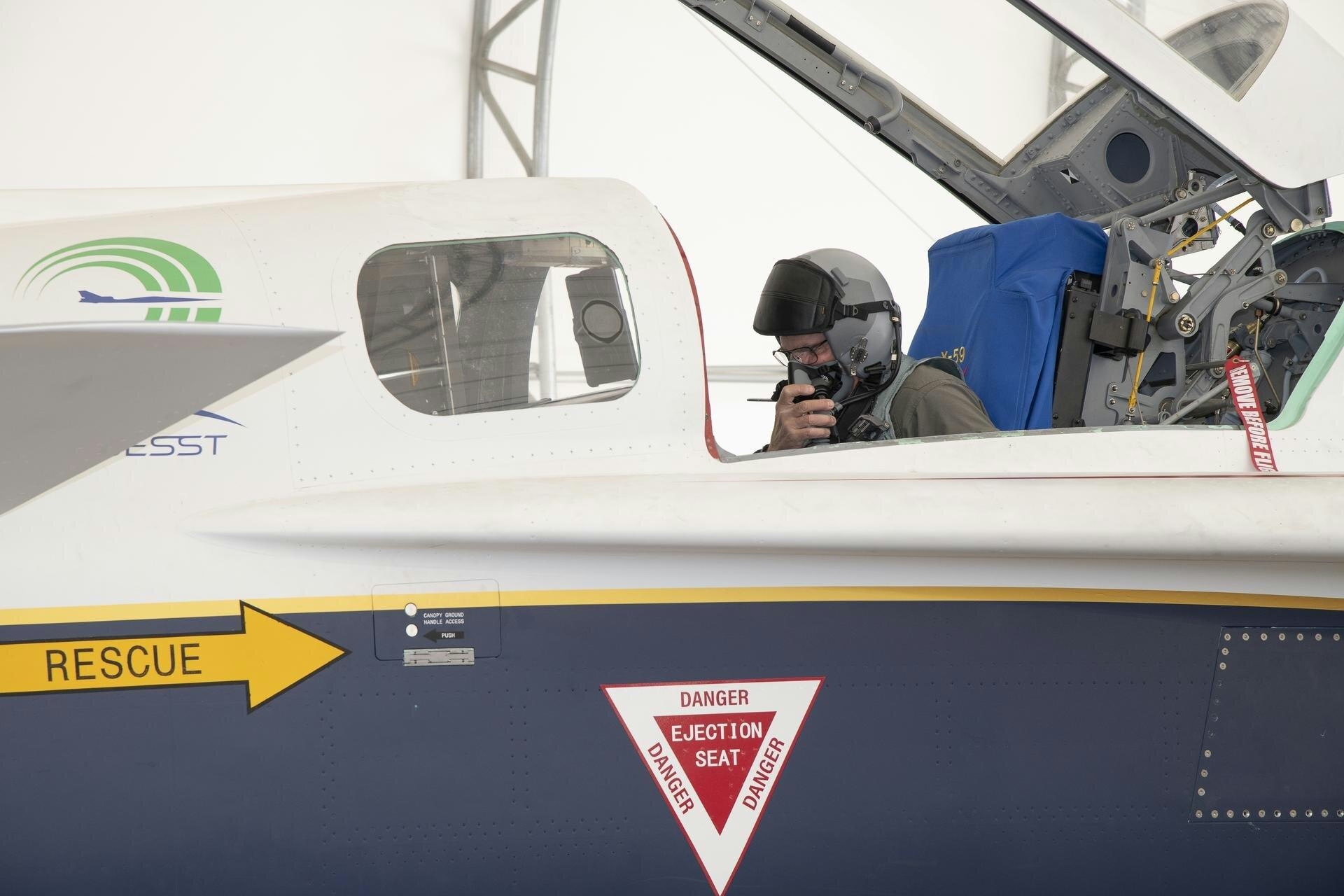
NASA's X-59 Jet Aims for Quiet Supersonic Flight at Mach 1.4
NASA's X-59 Jet Aims for Quiet Supersonic Flight at Mach 1.4
Advancing Quieter Supersonic Technology
NASA’s X-59 experimental jet has reached a significant milestone by achieving speeds of Mach 1.4, marking a notable advancement in the pursuit of quieter supersonic flight. Developed under NASA’s Quesst mission, the X-59 is designed to drastically reduce the loud sonic boom traditionally associated with breaking the sound barrier. This innovation holds the potential to transform commercial aviation by enabling faster travel without the disruptive noise that has long limited supersonic flights over land.
Recent test flights of the X-59 have demonstrated promising progress toward this goal. By minimizing the noise footprint, NASA aims to overcome one of the primary obstacles that have prevented the widespread adoption of supersonic passenger flights since the 1970s. The success of these tests could signal a new chapter in aviation, where supersonic travel becomes both practical and community-friendly.
Regulatory and Market Challenges
Despite the technological strides, significant challenges remain before the X-59 can enter commercial service. The U.S. Federal Aviation Administration (FAA) has enforced a ban on supersonic flight over land since 1973 due to concerns about noise pollution. For NASA’s quiet boom technology to gain regulatory approval, it must provide compelling evidence that the X-59 operates within acceptable noise limits. Navigating these regulatory hurdles will be essential for the future viability of supersonic travel.
If NASA’s efforts prove successful, the market response is expected to be favorable. A quieter supersonic jet could reignite interest in high-speed air travel, enabling new, lucrative routes and substantially reducing transcontinental flight times. The aerospace sector is closely monitoring these developments, especially as international competitors such as China’s Comac pursue their own supersonic projects with designs aimed at further reducing sonic disturbances.
Strategic Implications for Aerospace Innovation
NASA’s work on the X-59 also reflects a broader strategic shift toward revolutionary propulsion technologies for commercial aviation. This pivot comes amid tightening budget constraints, underscoring the urgency for NASA to sustain its leadership in aerospace innovation. The advancements embodied by the X-59 represent a critical moment in aerospace engineering, with the potential to usher in a new era of efficient, quiet, and commercially viable supersonic flight—provided that both technical and regulatory challenges can be successfully addressed.
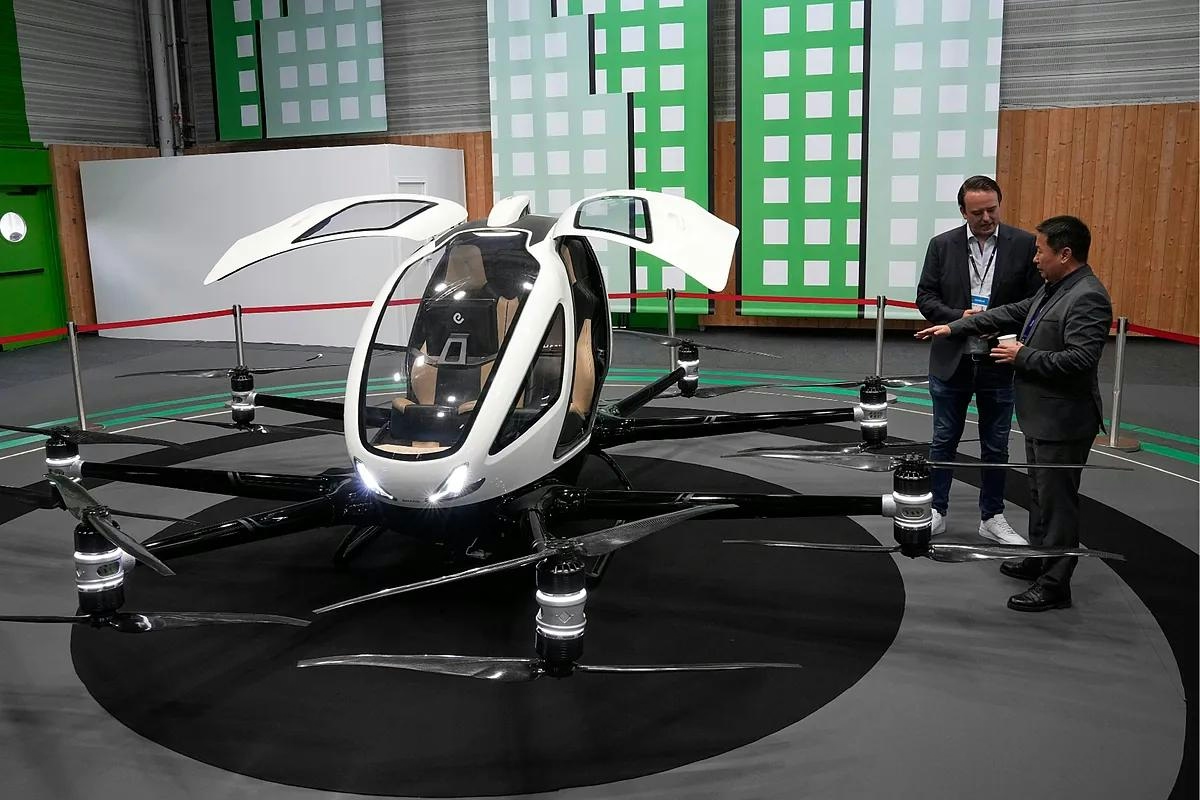
Flying Taxis Begin to Take Flight, Fulfilling Science Fiction Predictions
Flying Taxis Take Flight in China, Realizing Long-Standing Science Fiction Visions
For decades, cinematic portrayals in films such as *The Fifth Element*, *Blade Runner*, and *Back to the Future* have captivated audiences with futuristic images of flying cars navigating urban skylines. This once speculative vision is now approaching reality as China initiates its first autonomous flying taxi test flights, marking a pivotal advancement in the field of urban air mobility.
Breakthrough in Urban Air Mobility
This milestone has been achieved through a collaboration between the Chinese government and technology firm EHang, which recently showcased successful public demonstrations of its EH216 electric vertical takeoff and landing (eVTOL) vehicles. These drone-like taxis are designed to carry a single passenger along with a suitcase, reaching speeds of up to 81 miles per hour and covering distances of approximately 35 kilometers, equating to around 21 minutes of flight time. The fully electric vehicles recharge within two hours and employ 16 propellers to ensure stability and safety during operation.
Video footage of the test flights rapidly circulated on social media platforms, providing viewers with a firsthand look at the smooth takeoffs and landings, as well as sweeping aerial views of the cityscape. Although these vehicles differ from traditional automobiles, their resemblance to large drones highlights the significant technological progress being made.
On April 6, EHang announced that it had secured official certification for the EH216 model from the Civil Aviation Administration of China, a critical regulatory approval that paves the way for commercial deployment. However, the company has yet to disclose a definitive timeline for full-scale service or identify the initial cities slated for rollout.
Challenges and Market Outlook
Despite the enthusiasm surrounding this development, several challenges remain before flying taxis can become a widespread mode of transportation. Regulatory frameworks governing urban air mobility are still in the process of formation, and safety concerns continue to be paramount for both regulators and the public. Additionally, technological hurdles such as battery endurance and the management of increasingly complex air traffic must be overcome to ensure the viability of these services.
Market responses have been measured but optimistic. Investors recognize the substantial growth potential in this sector, with forecasts suggesting that the global flying taxi market could reach a valuation of $14.5 billion by 2034. In response, competitors are intensifying their research and development efforts or seeking strategic partnerships to remain competitive amid rapid industry advancements.
As China asserts itself as a leader in this nascent industry, the advent of flying taxis moves beyond the realm of science fiction. While obstacles persist, the successful test flights herald a transformative era in urban transportation, one that may fundamentally alter how people navigate cities and reshape urban skylines for future generations.
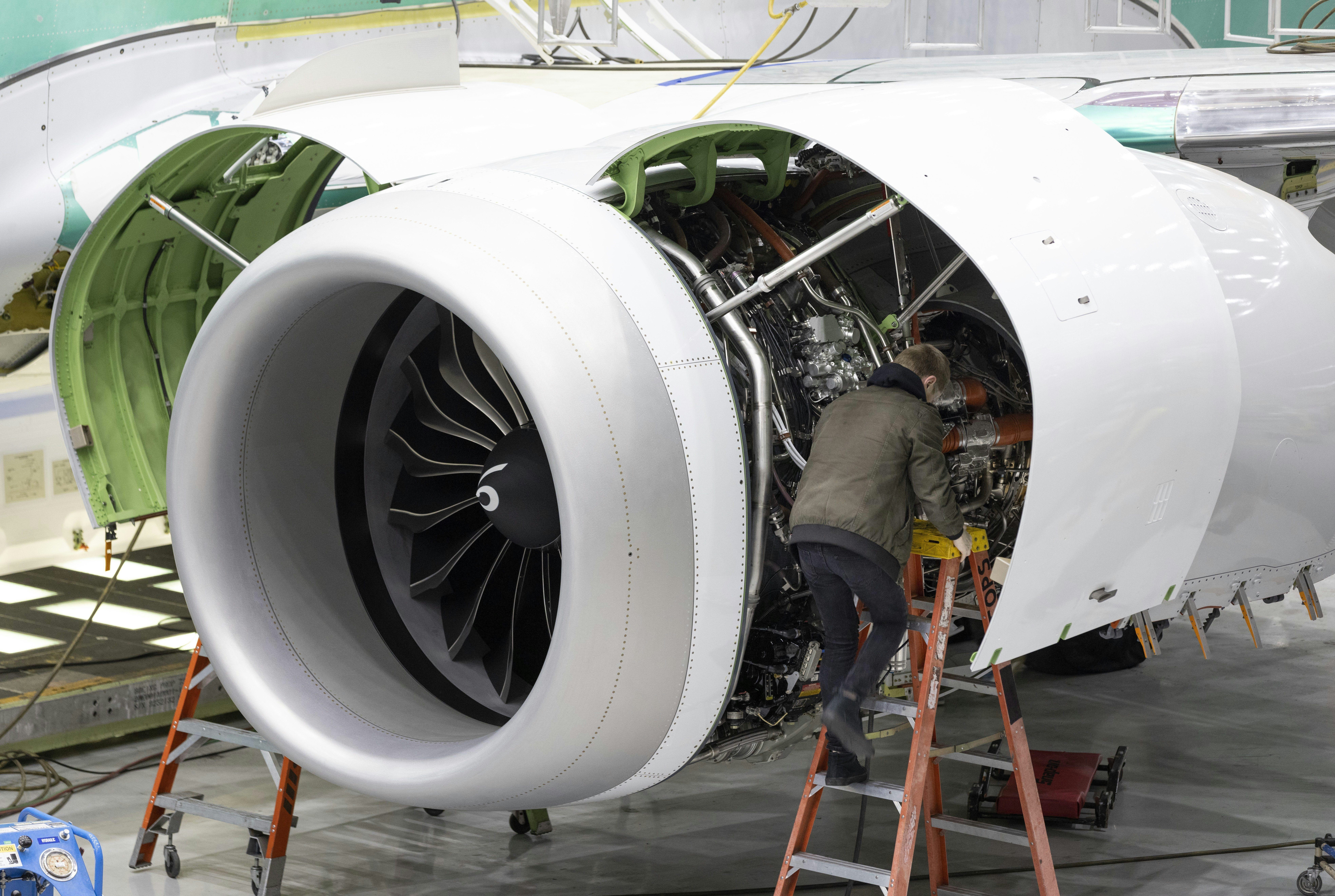
FAA Interim Report Finds No Immediate Safety Issues with Boeing 787-8 in Air India Crash
FAA Interim Report Finds No Immediate Safety Issues with Boeing 787-8 in Air India Crash
The U.S. Federal Aviation Administration (FAA) has communicated to international aviation authorities that its interim review of the Air India Boeing 787-8 crash on June 12 revealed no immediate safety concerns related to the aircraft’s engines or systems. This update, issued on July 11, corroborates preliminary findings from India’s Aircraft Accident Investigation Bureau (AAIB), which is leading the ongoing investigation.
Details of the Incident and Investigation
According to a senior official from India’s Ministry of Civil Aviation, the FAA’s notification acknowledged the AAIB’s interim report, which identified that the fuel supply switches to both engines moved to the ‘CUTOFF’ position just three seconds after takeoff. This action caused a loss of engine thrust and the subsequent shutdown of both engines, ultimately resulting in the crash.
The FAA also referenced its December 2018 advisory, which highlighted the potential for the locking mechanism on the fuel supply switches to become disengaged. Despite this, the U.S. regulator did not issue any new safety recommendations, instead reaffirming its previous guidance and committing to ongoing information sharing as the investigation progresses.
The fuel switches involved are equipped with protective brackets and a spring-loaded locking mechanism designed to prevent accidental activation. Pilots must perform a deliberate two-step action—lifting the switch over a metal stop before pulling it down—to move it from RUN to CUTOFF. The FAA’s earlier Special Airworthiness Information Bulletin (SAIB) had advised airlines to inspect and, if necessary, replace switches with enhanced locking features. However, this guidance was advisory rather than mandatory.
The AAIB report noted that Air India had not implemented the FAA’s 2018 recommendations, explaining that the bulletin was not compulsory. Furthermore, no defects in the fuel control switch had been reported since 2023, when the throttle control module was last replaced on the aircraft involved.
Broader Implications and Market Response
Globally, 77 airlines operate the Boeing 787, with 171 aircraft registered in the United States and 1,189 worldwide. Despite the crash, both the FAA and India’s Directorate General of Civil Aviation have found no significant safety concerns with the Boeing 787-8 fleet.
Market reaction to the incident has been relatively subdued. Boeing’s stock price has remained stable, with analysts maintaining a new street-high price target. In response to the crash, Boeing has chosen to adopt a lower-profile presence at the upcoming Paris Air Show.
Nevertheless, traveler confidence remains fragile. A recent survey by Skift indicates that a majority of Indian travelers have avoided certain airlines or routes due to safety concerns, highlighting the ongoing sensitivity surrounding aviation safety in the region.
While the investigation continues, regulators emphasize that current evidence does not indicate an immediate risk associated with the Boeing 787-8, and no new mandatory safety directives have been issued.
Ask AeroGenie